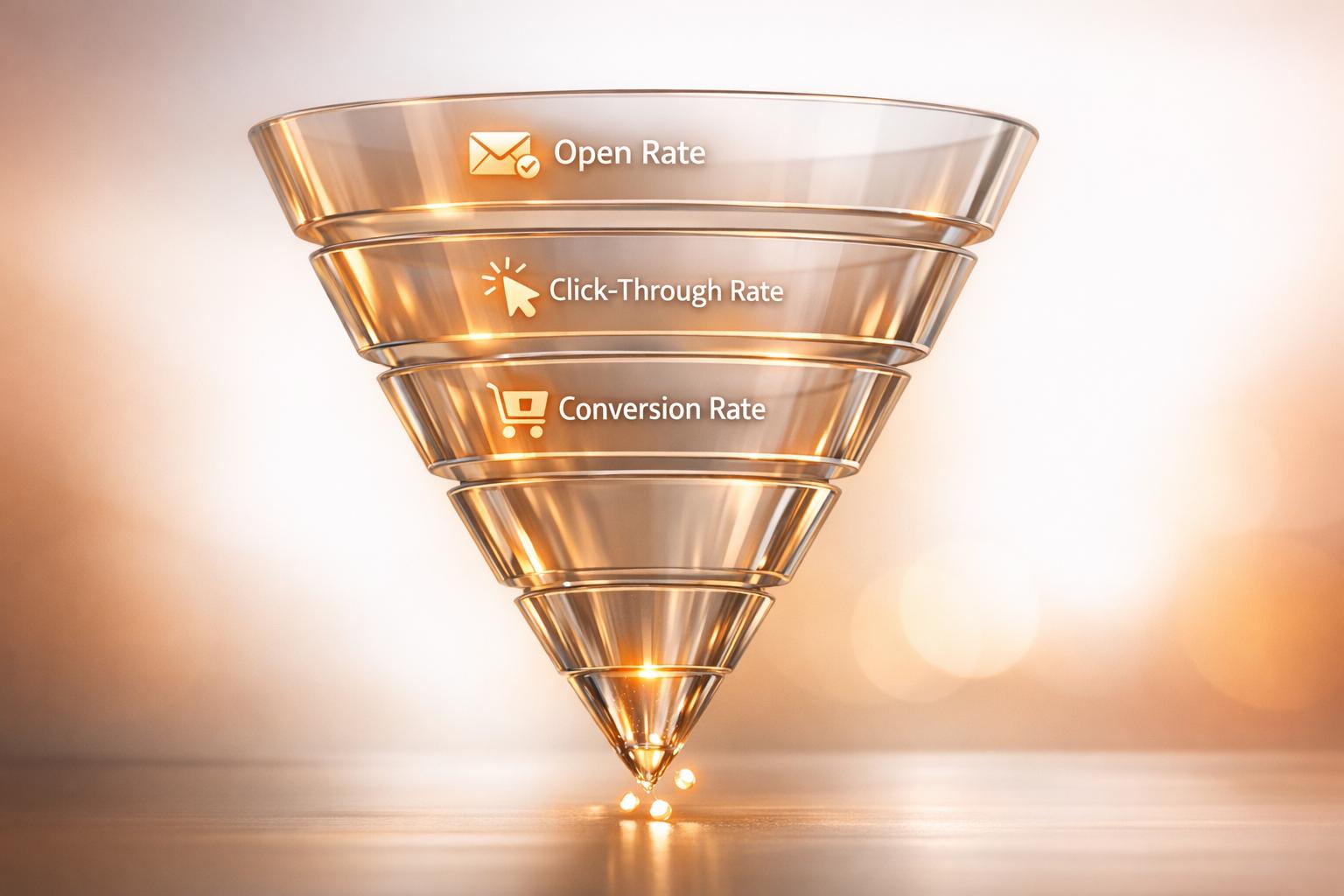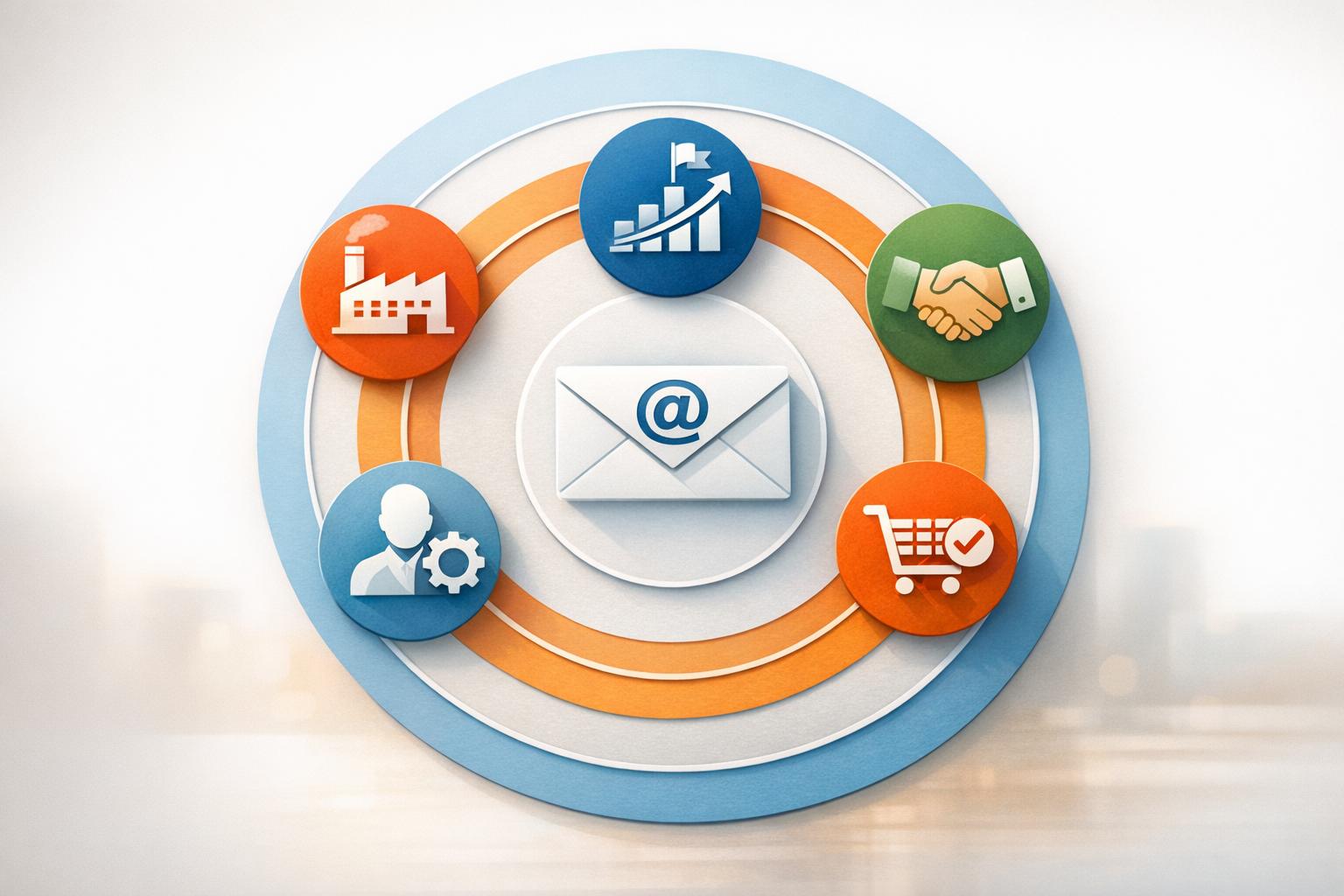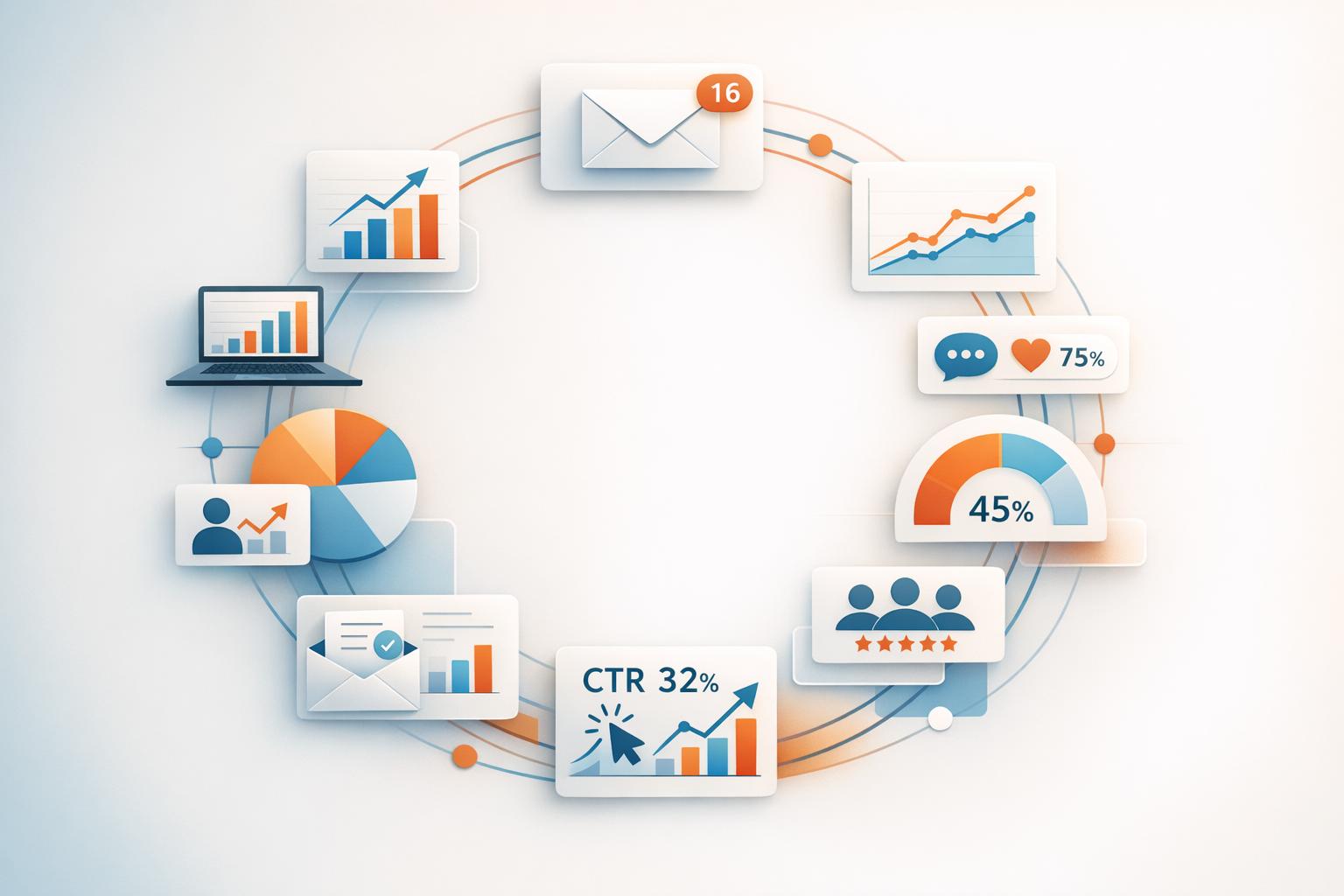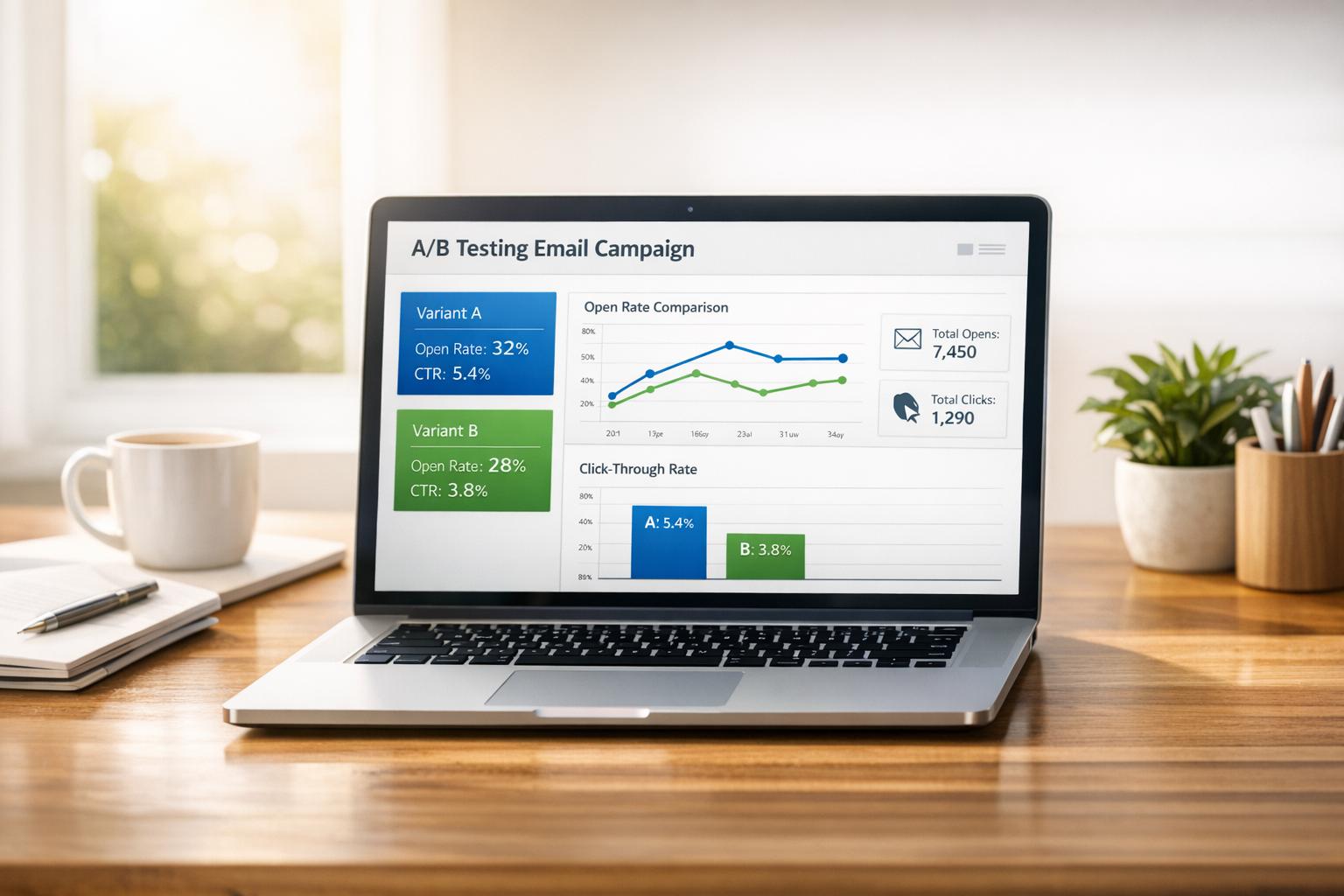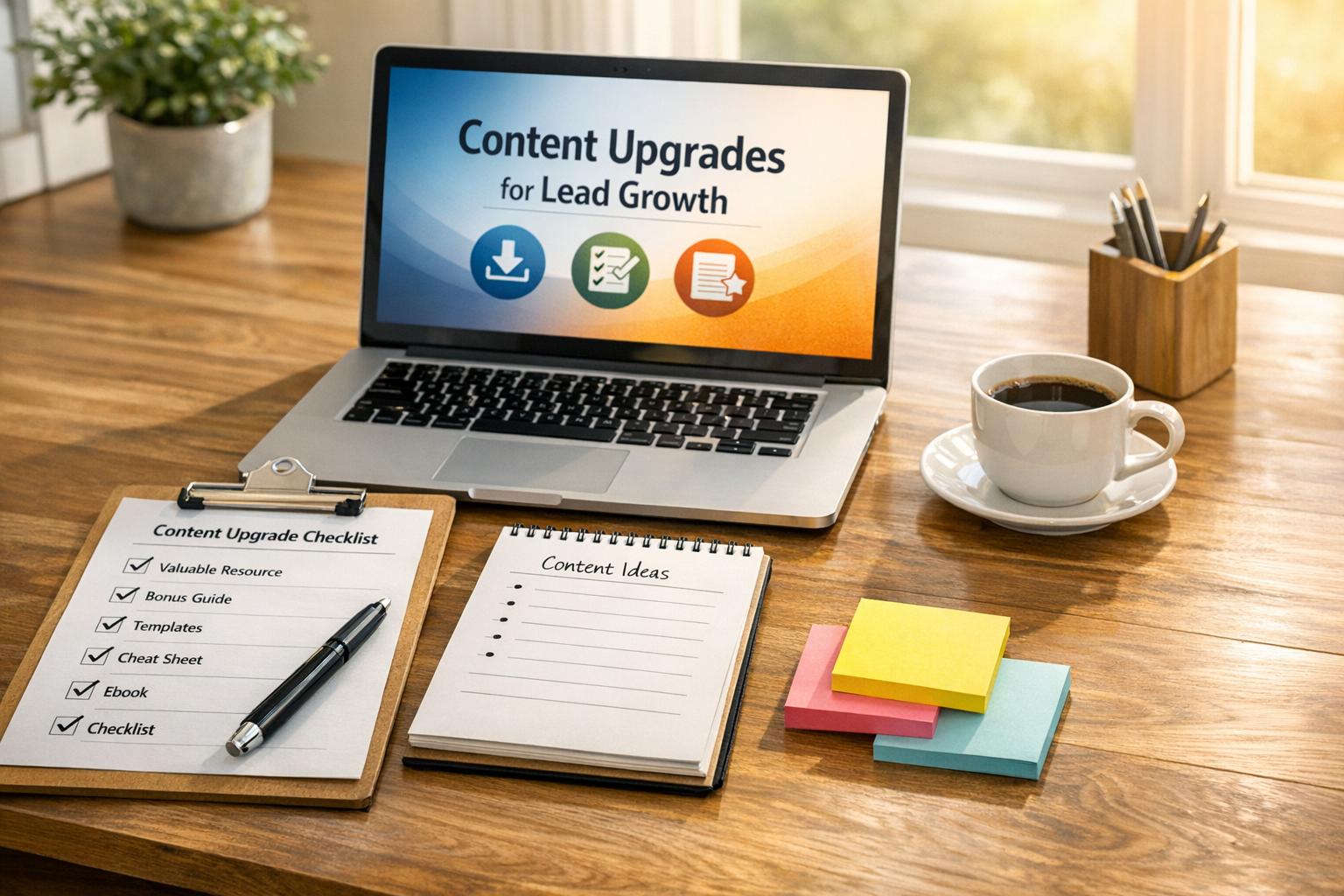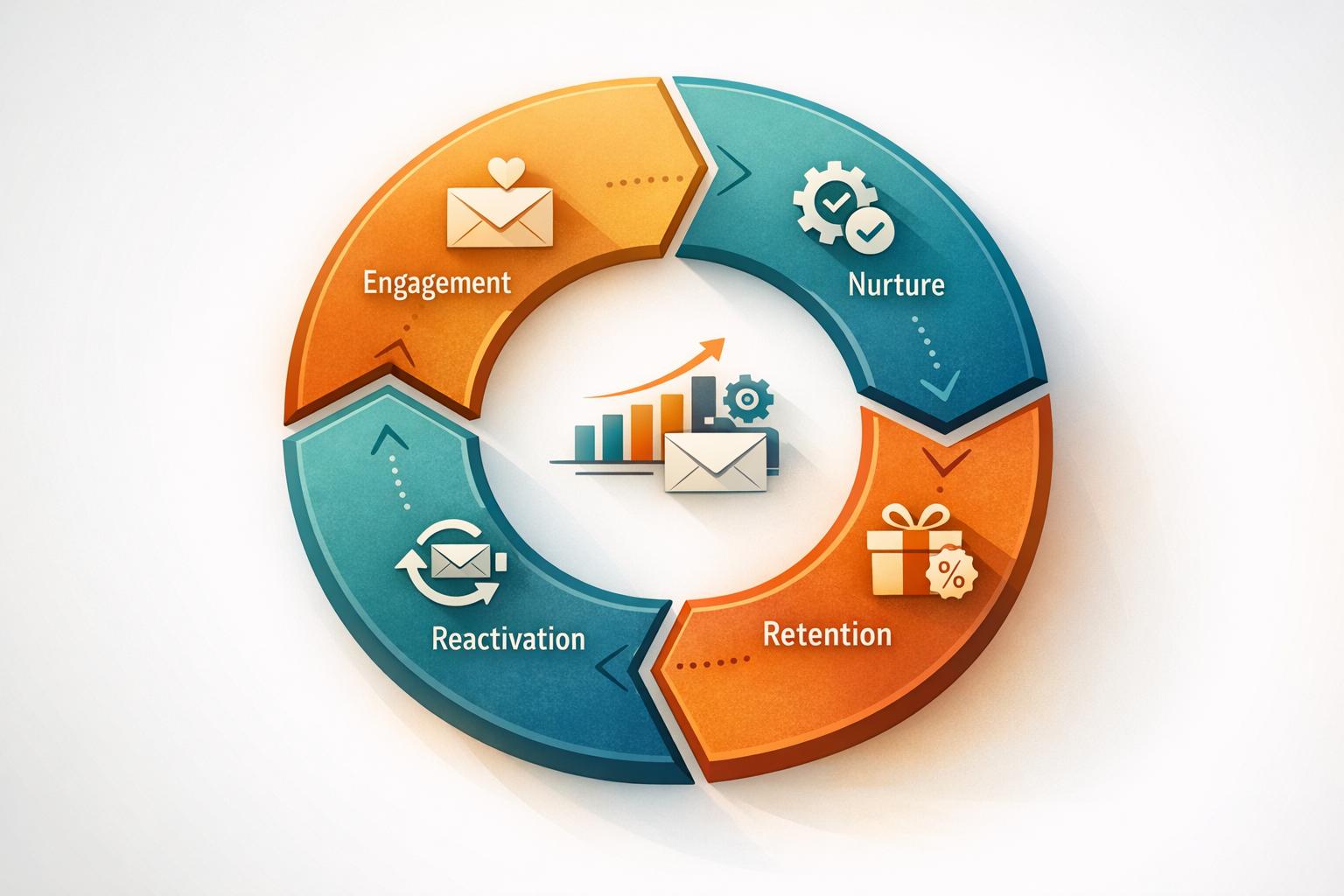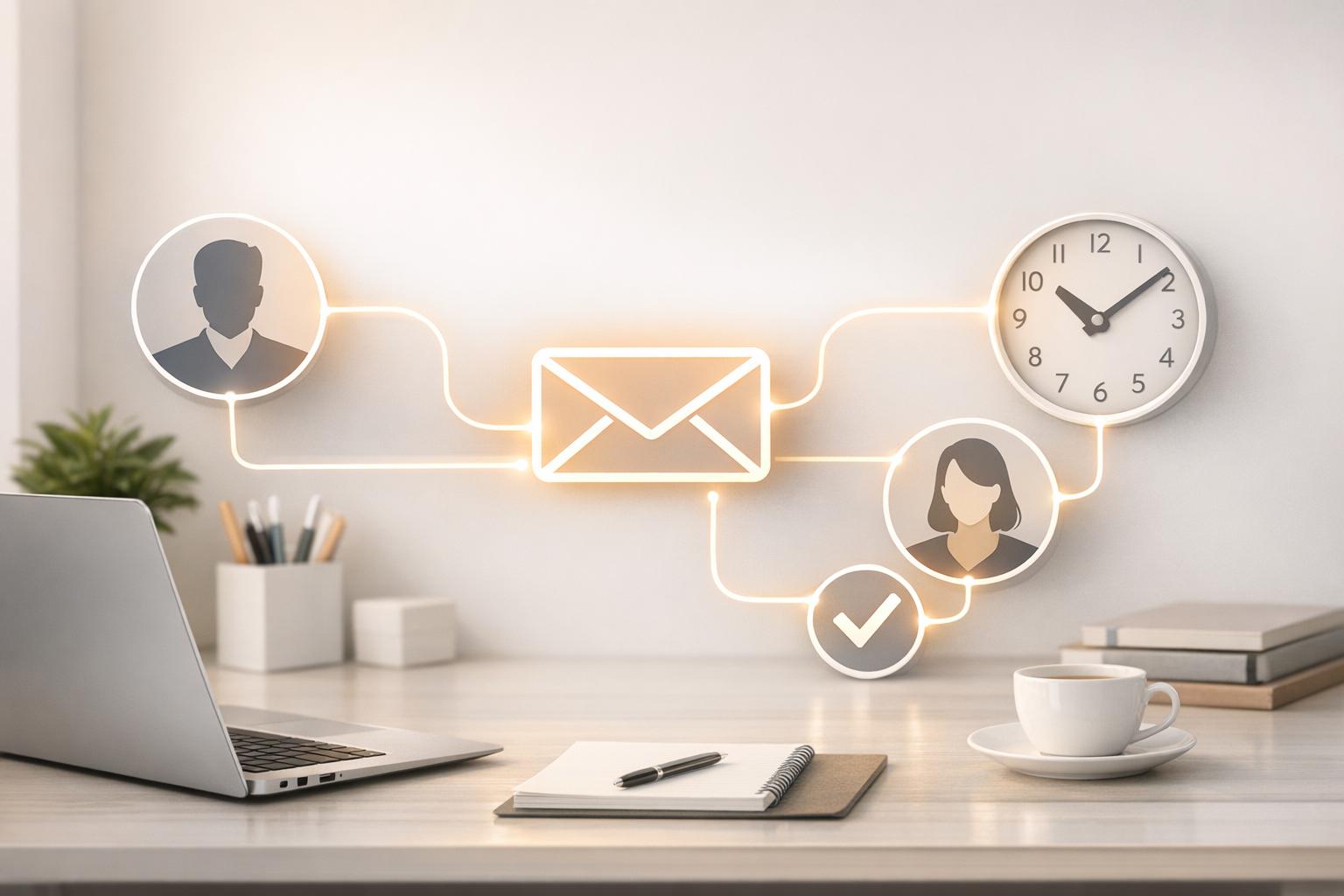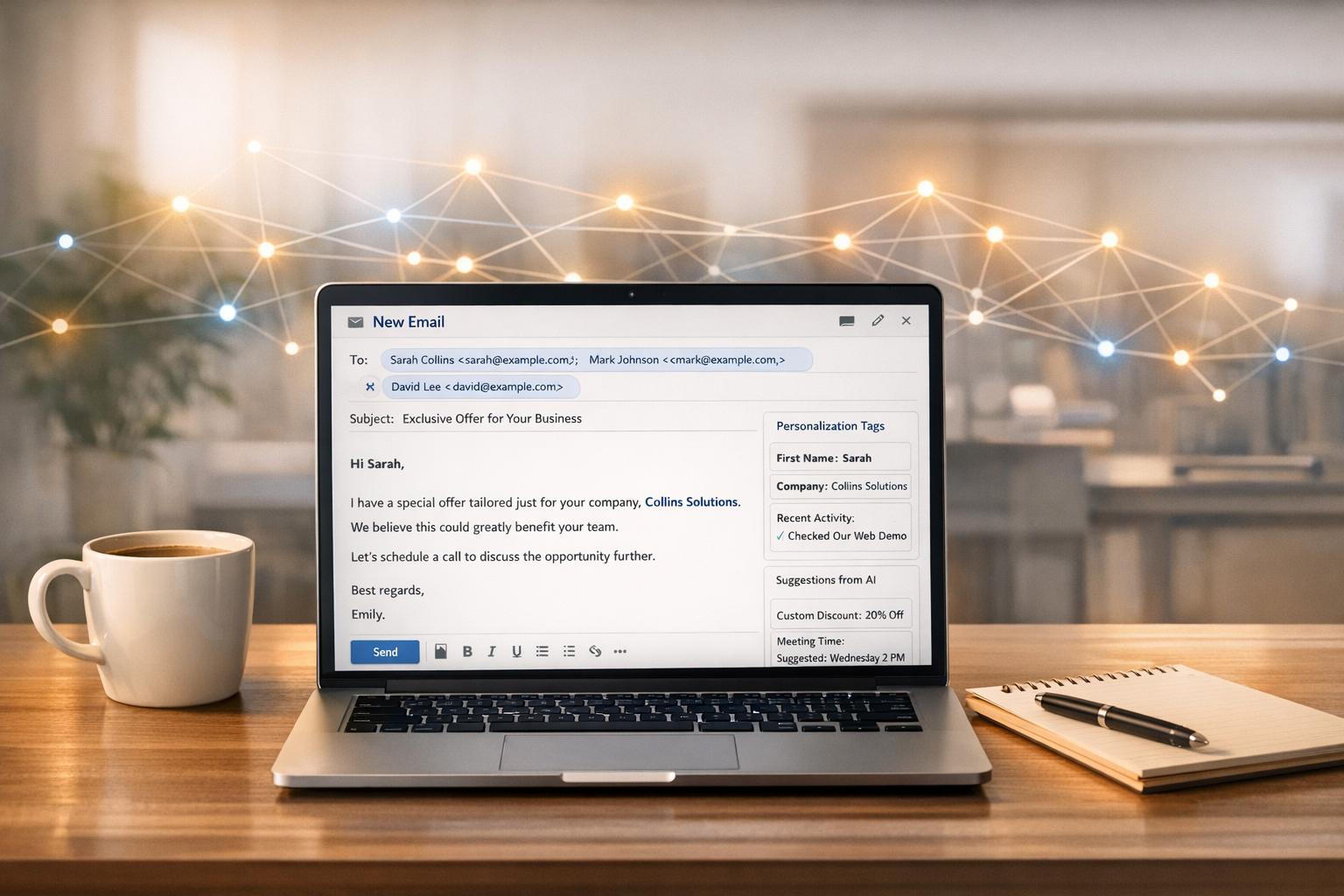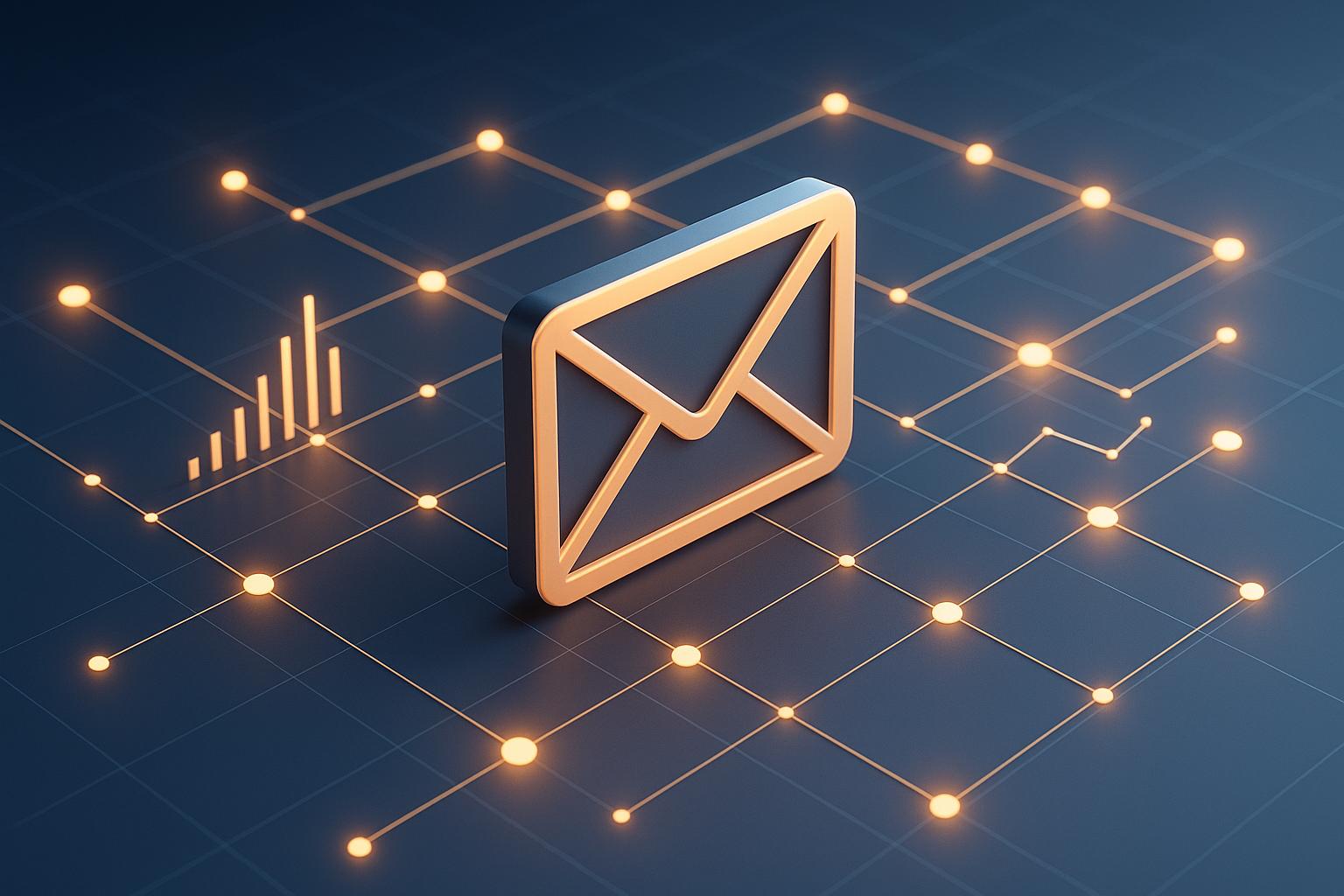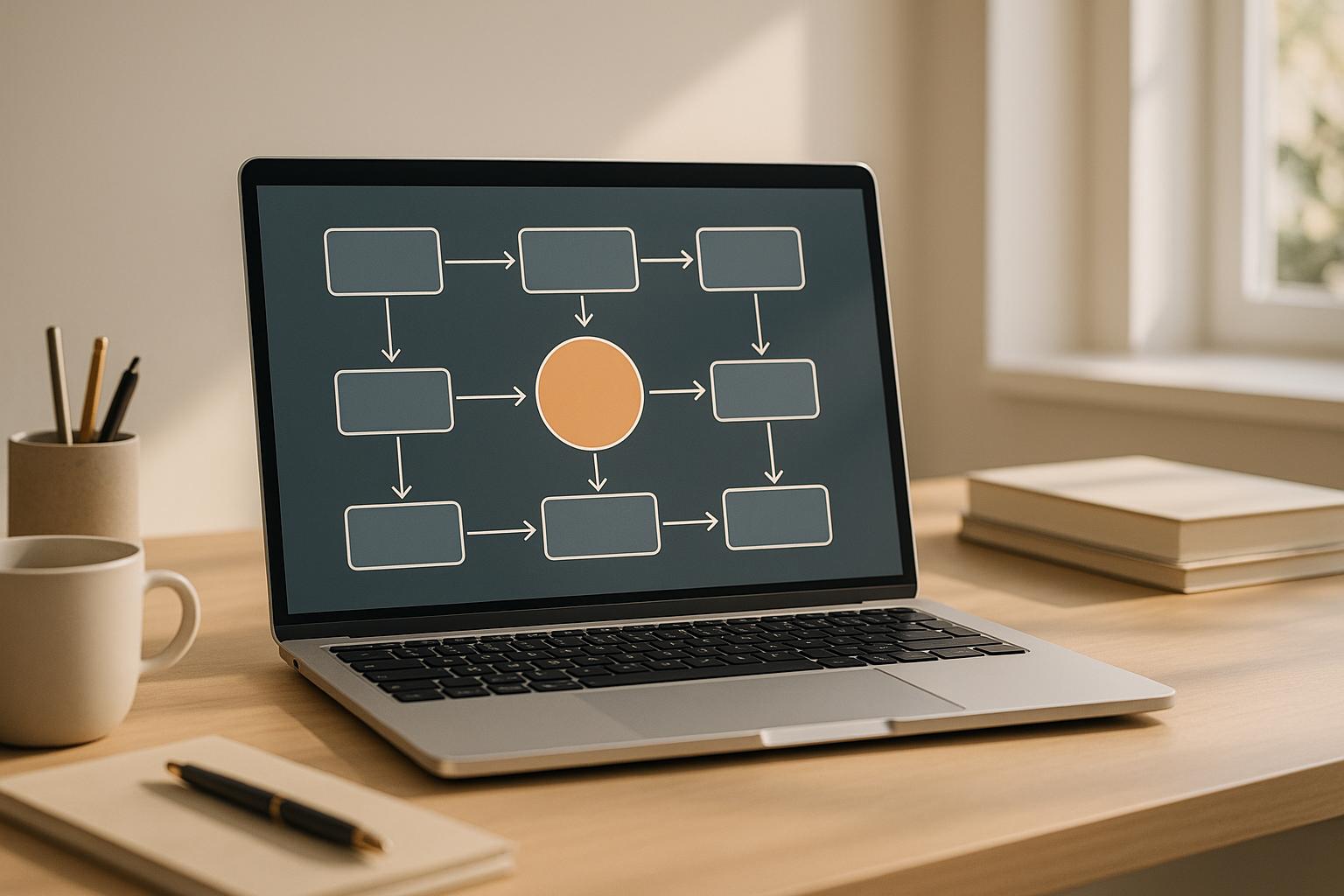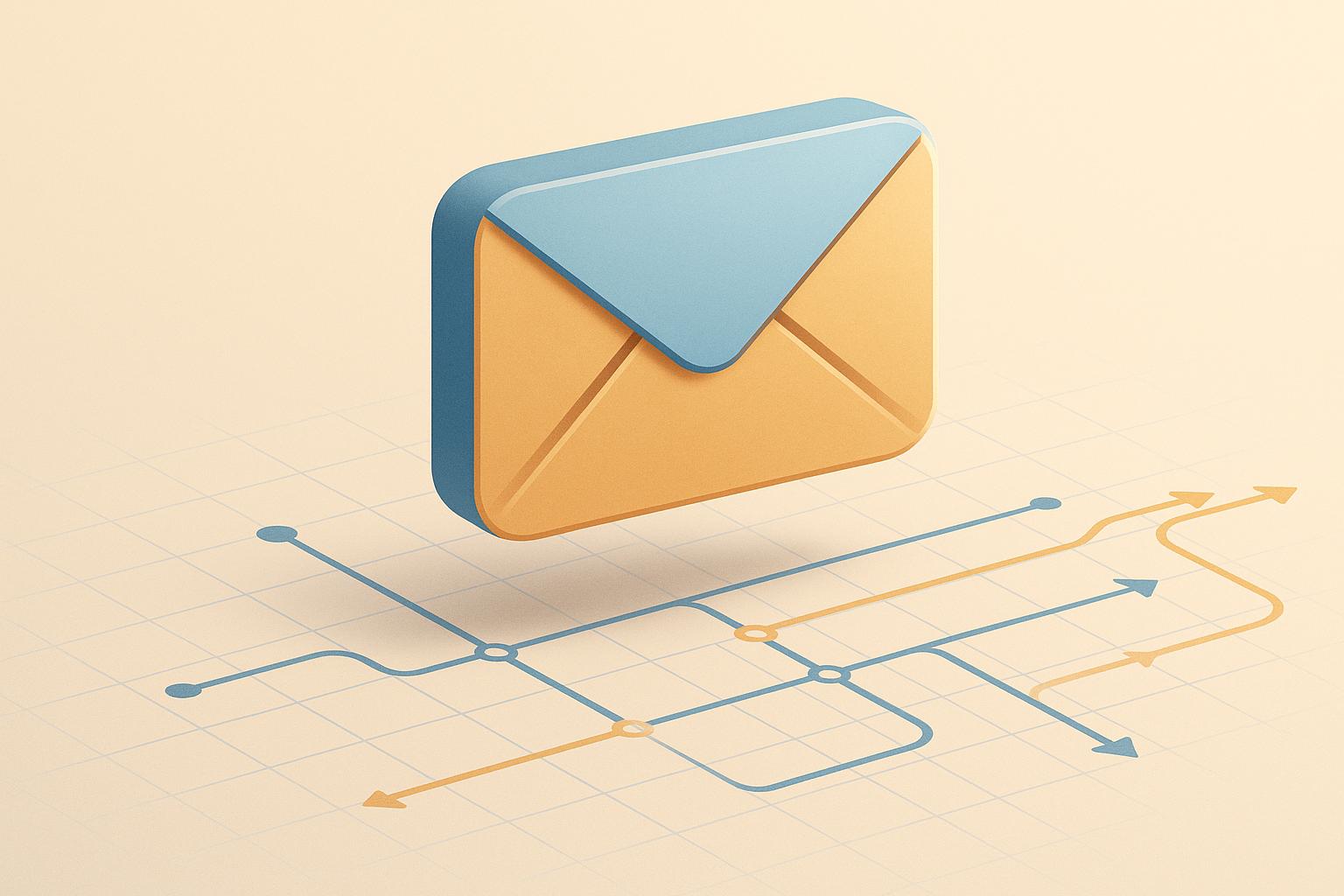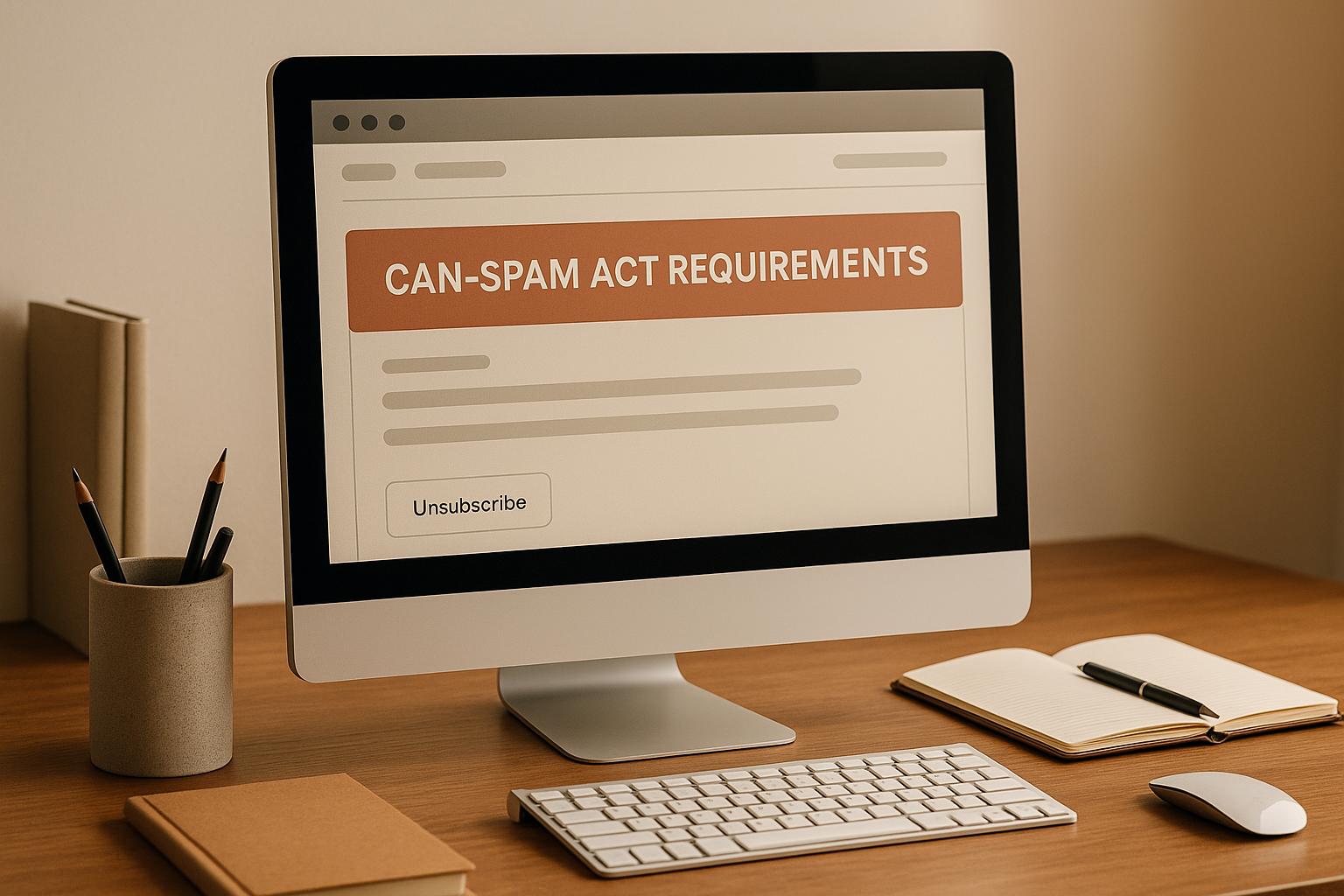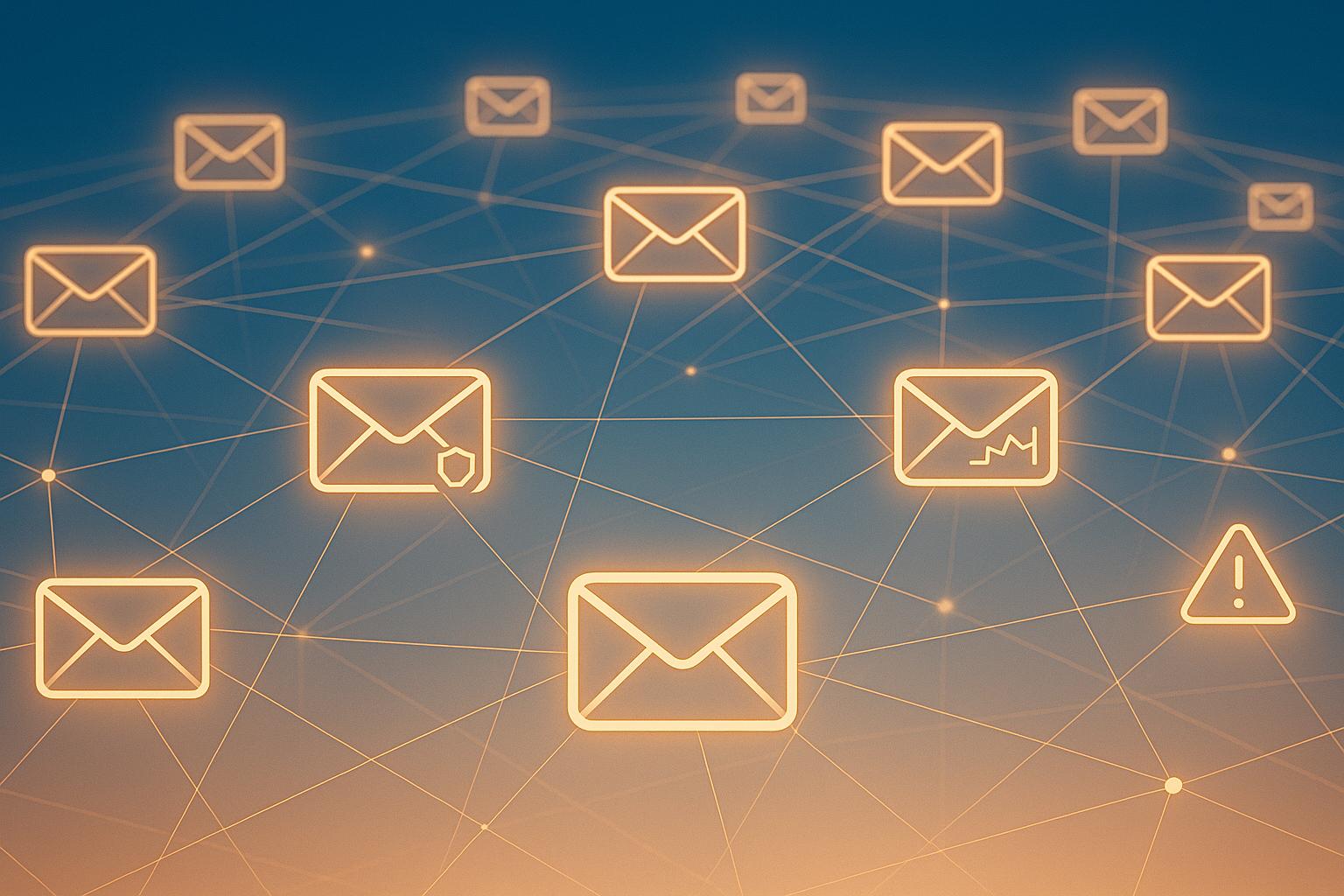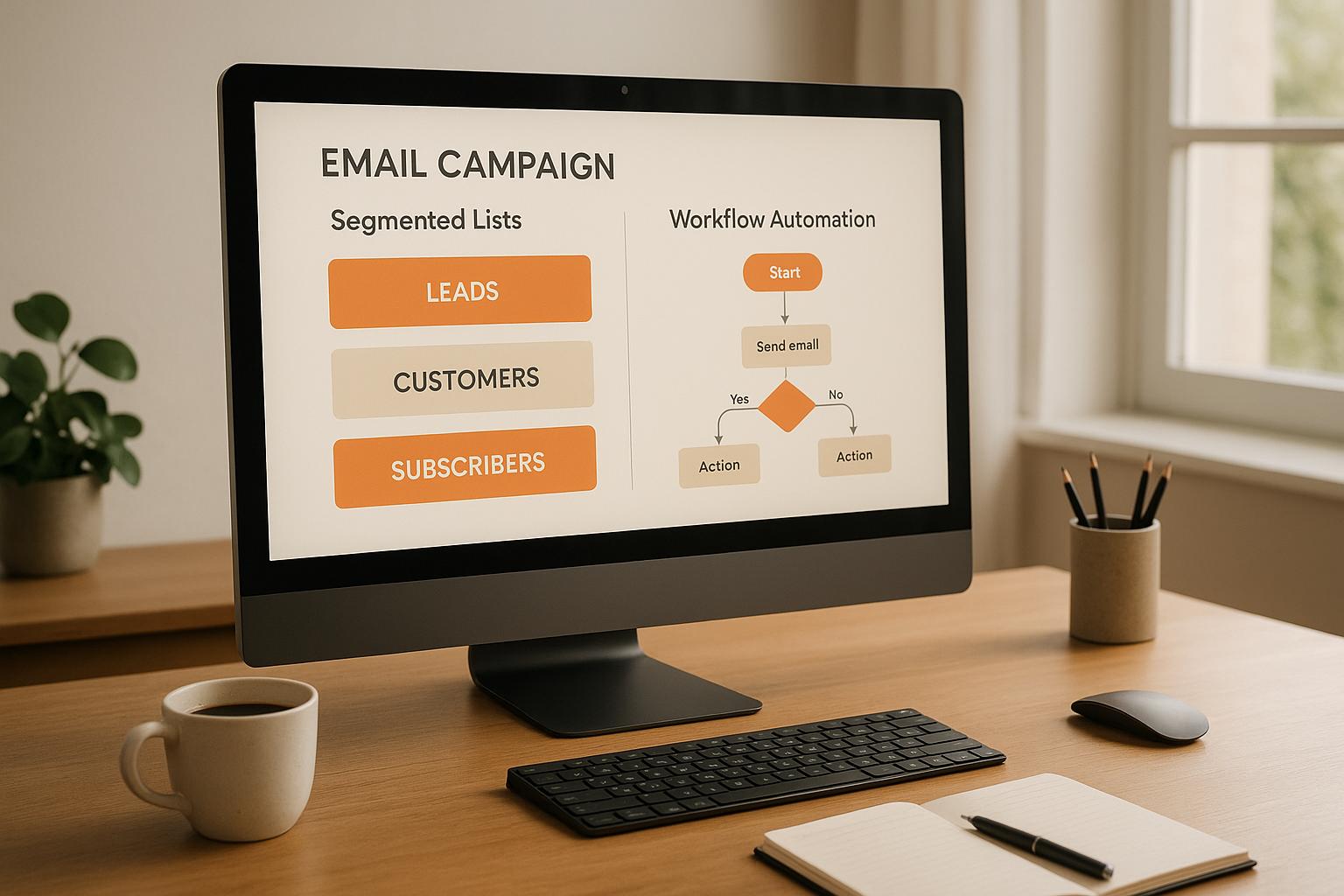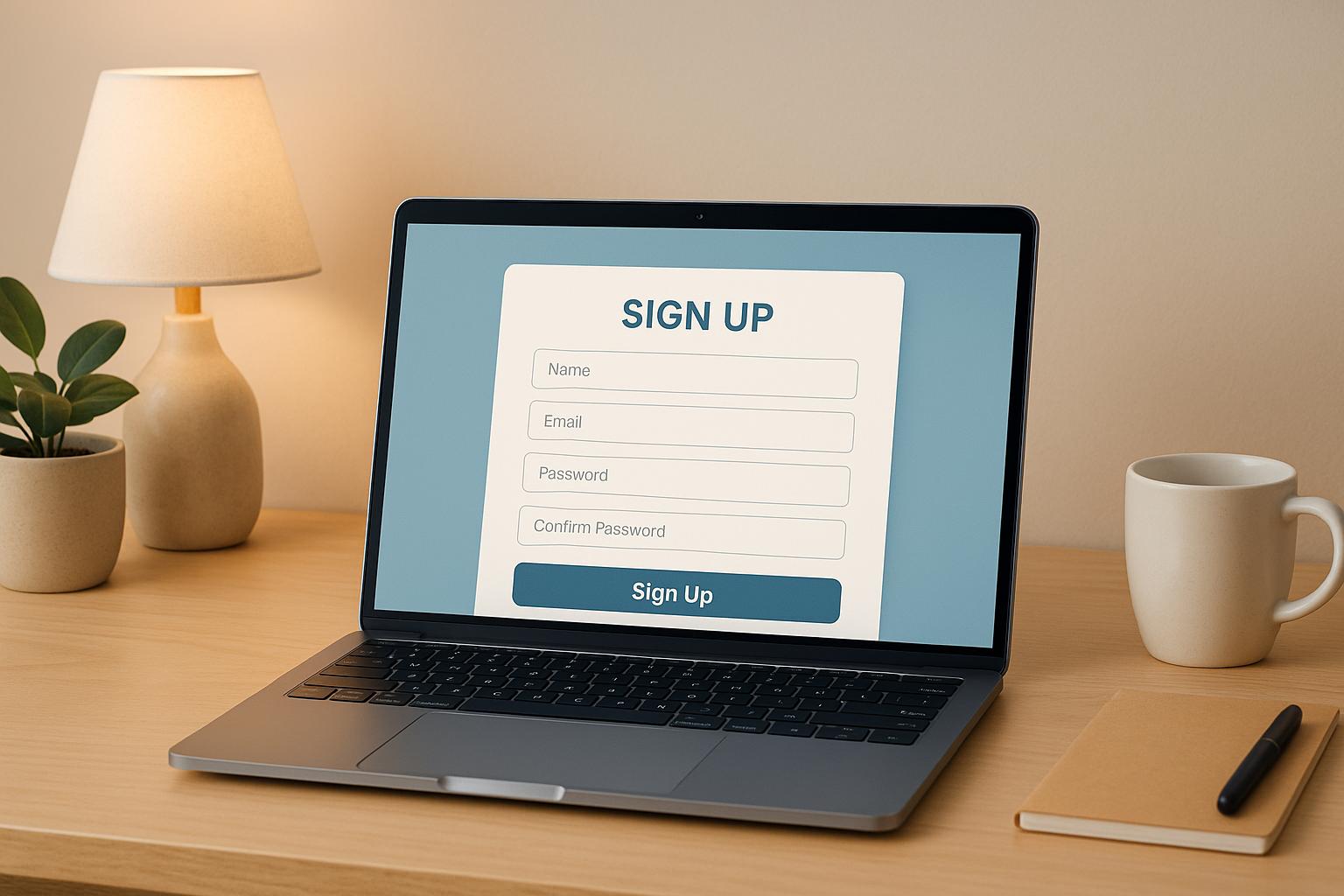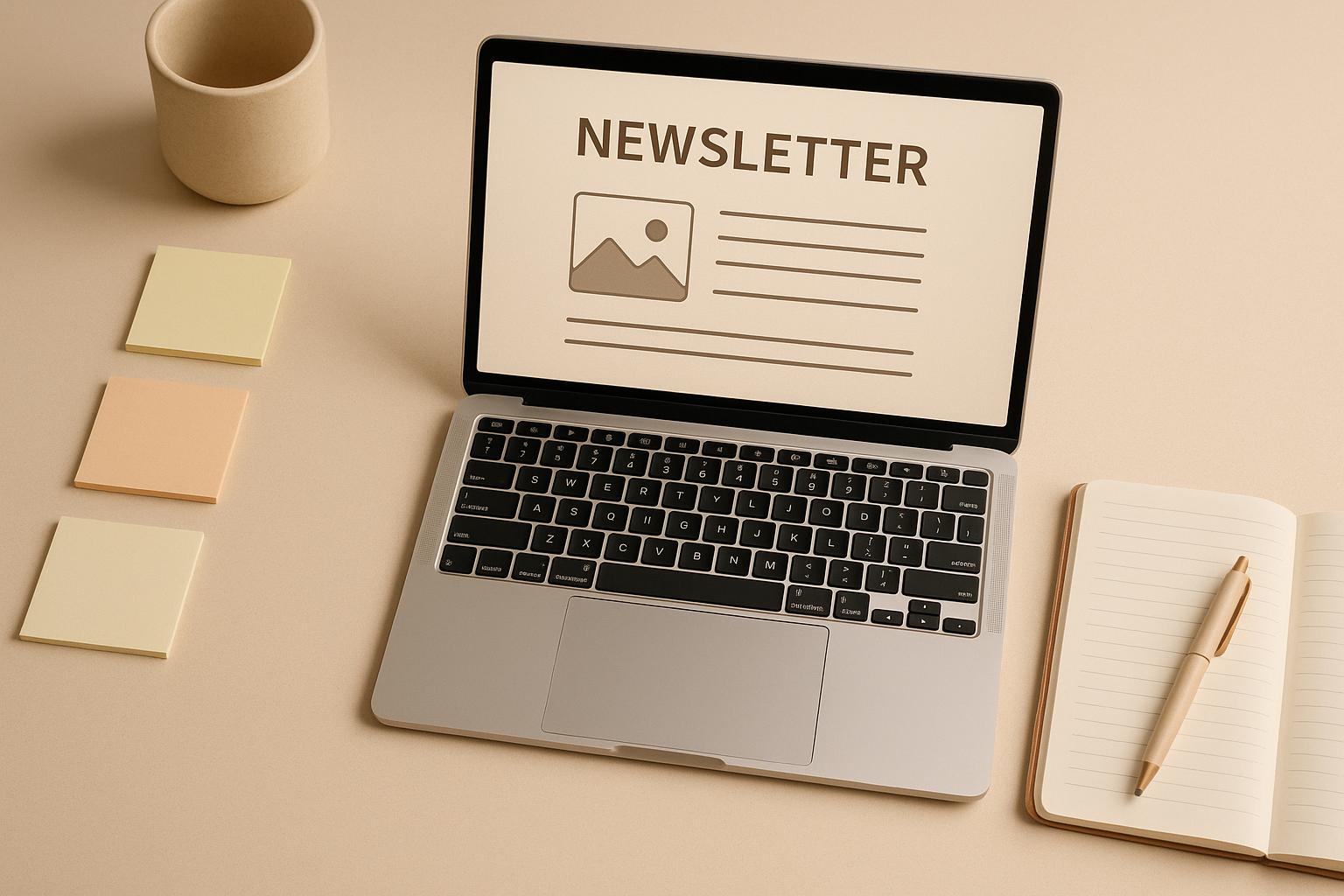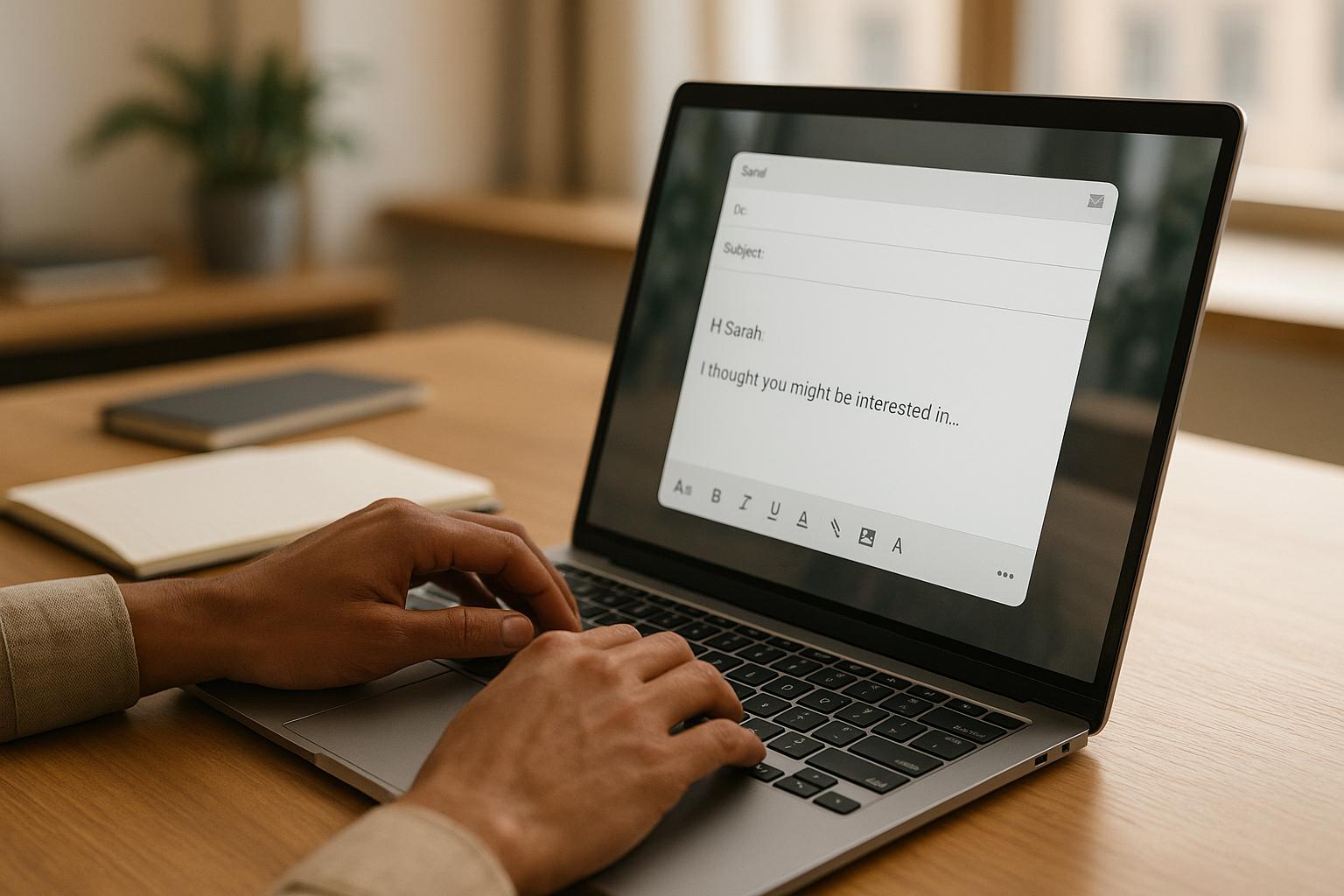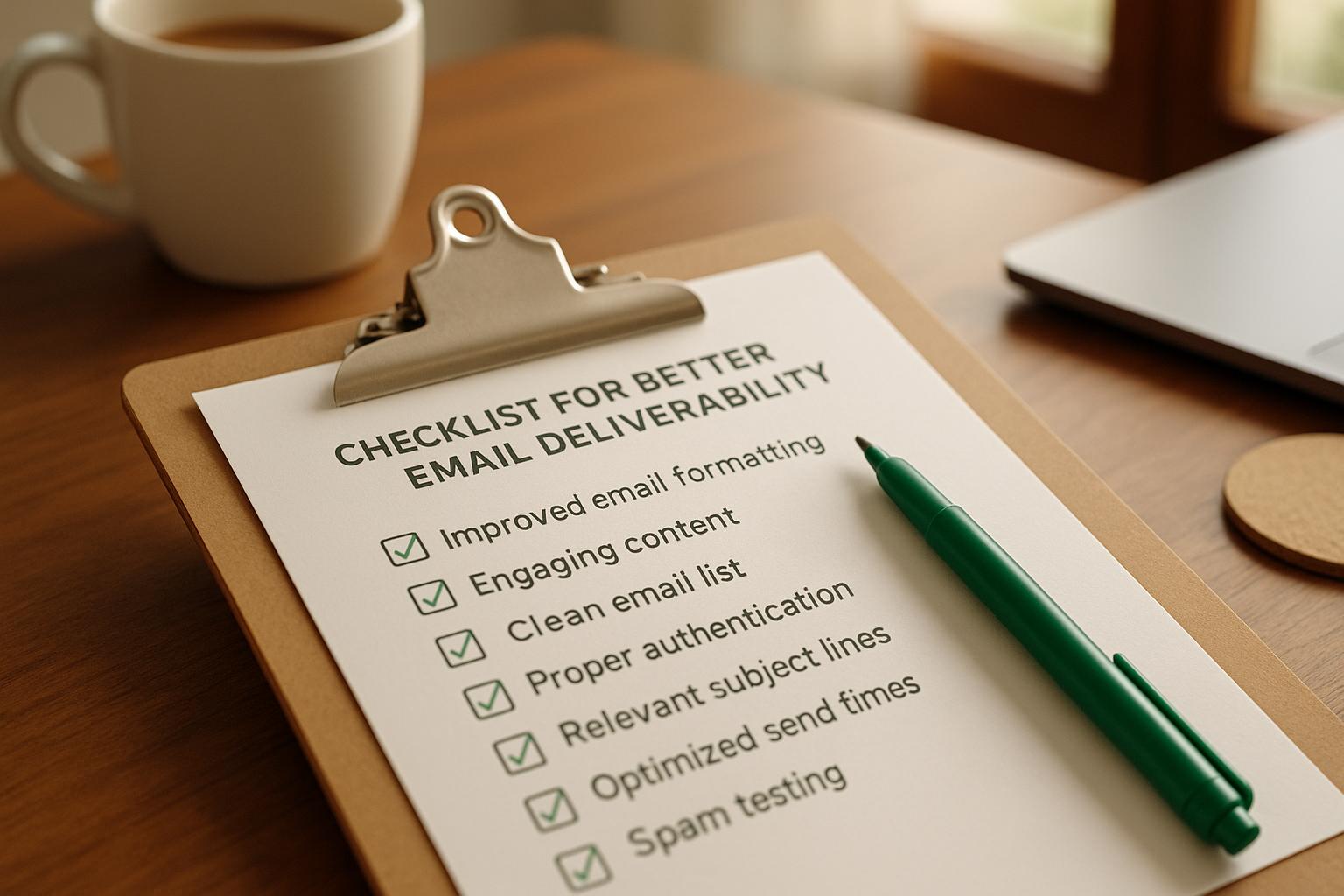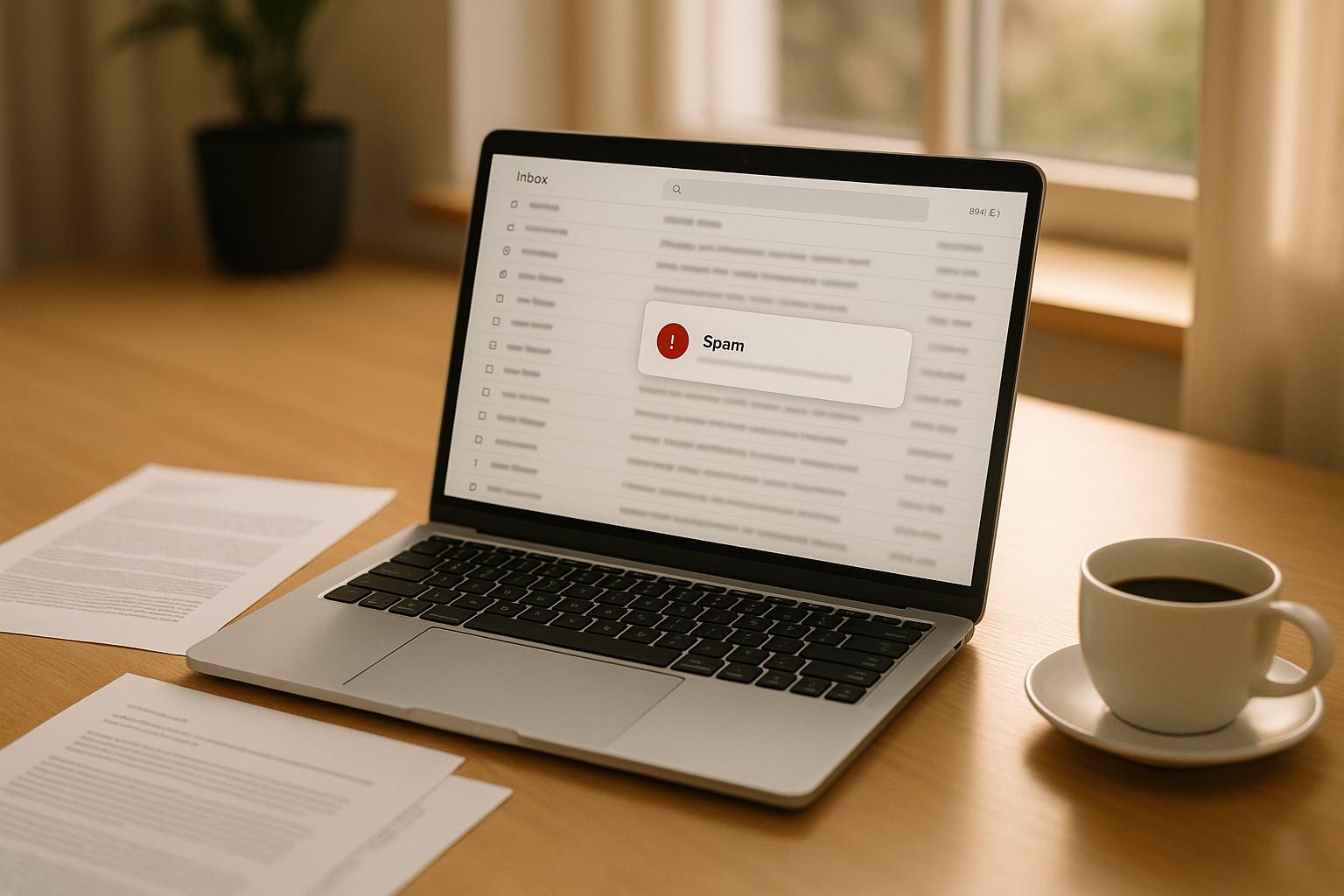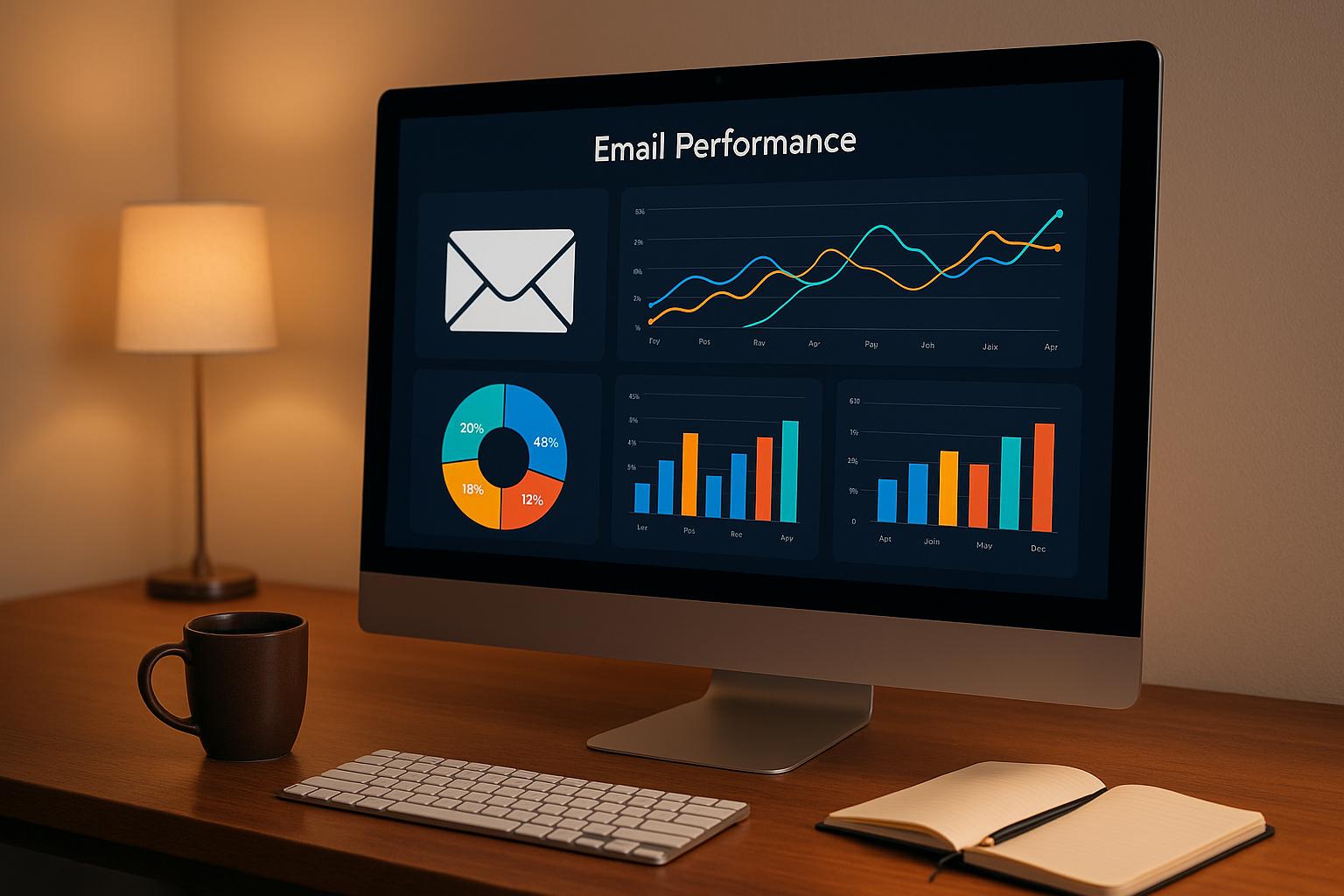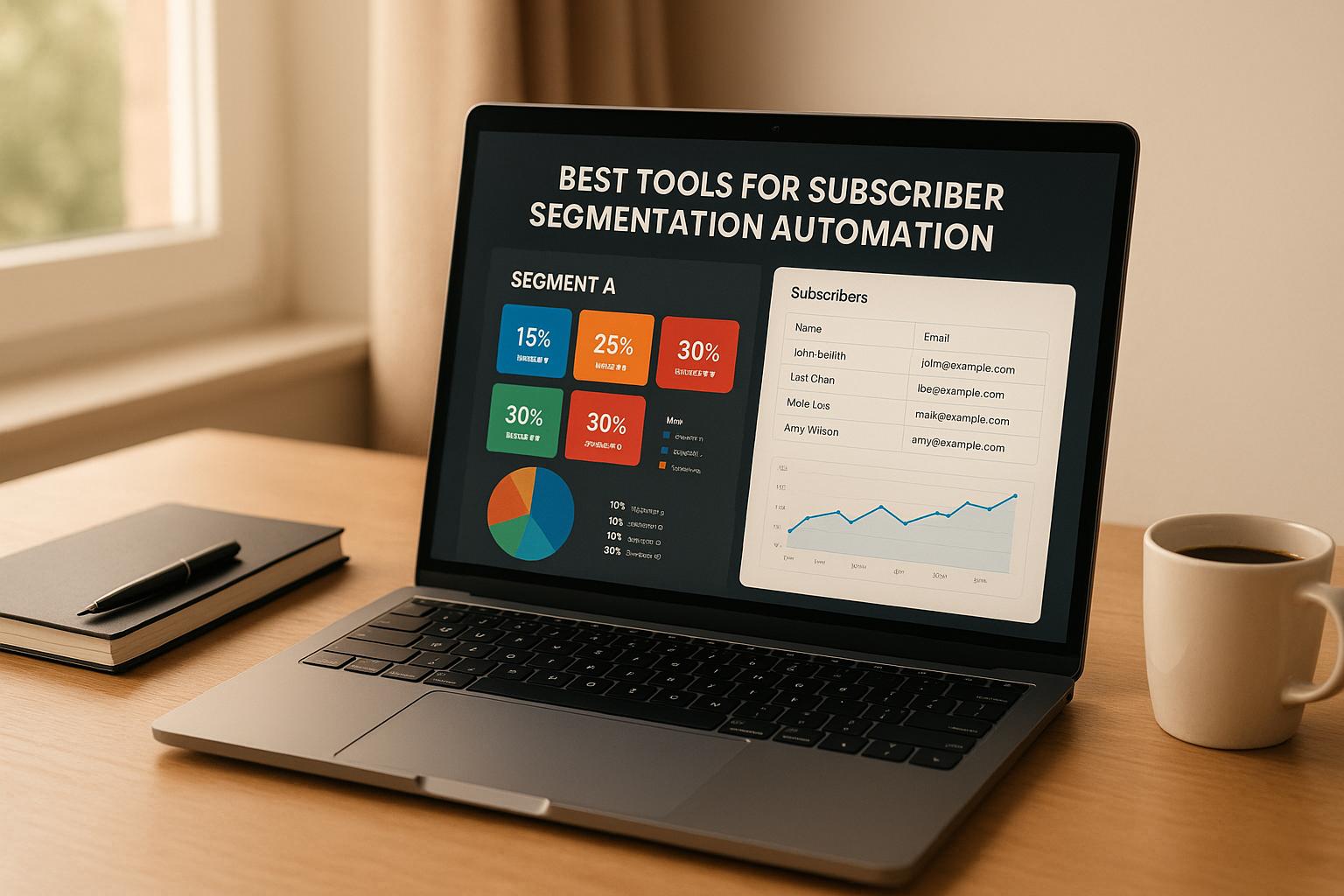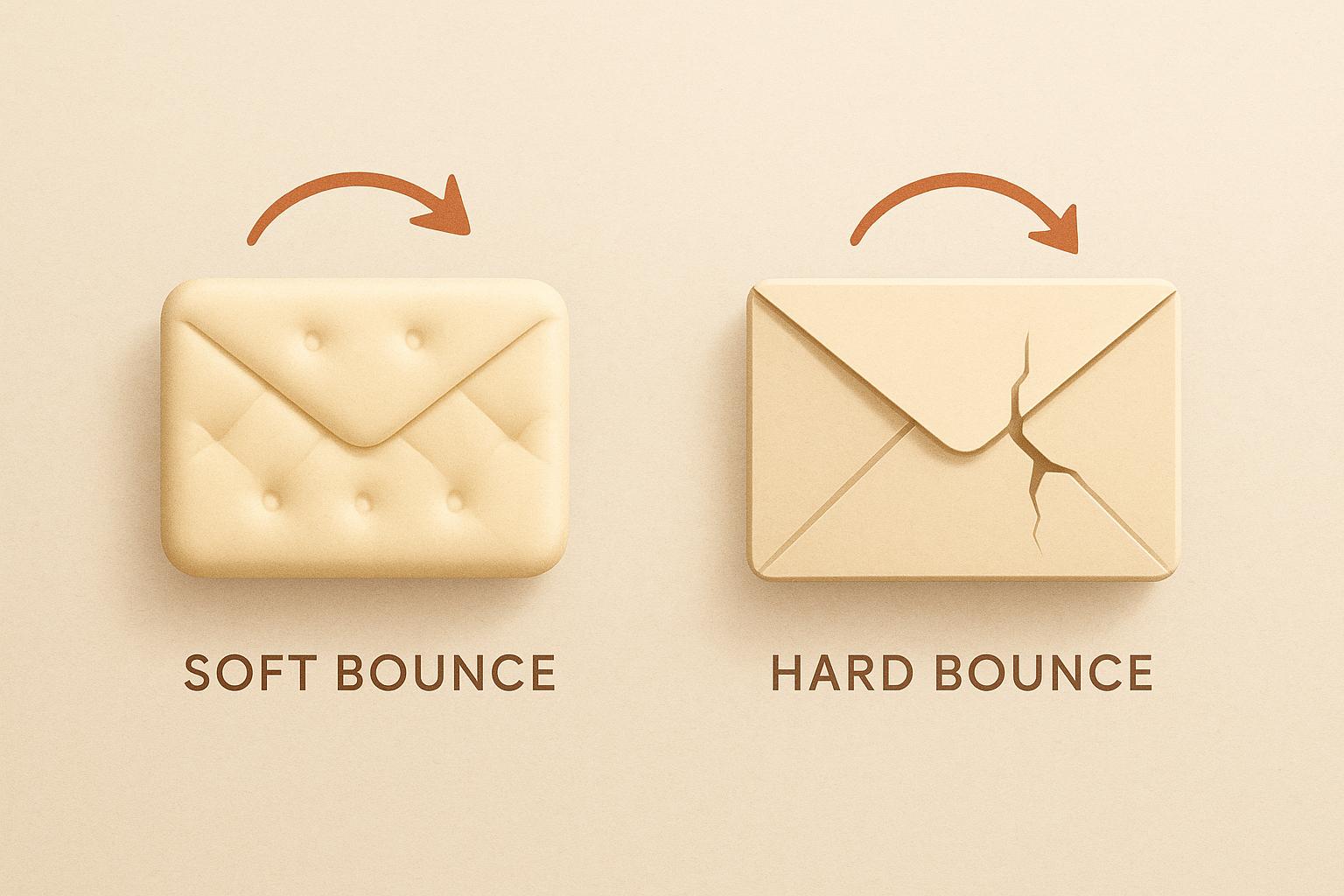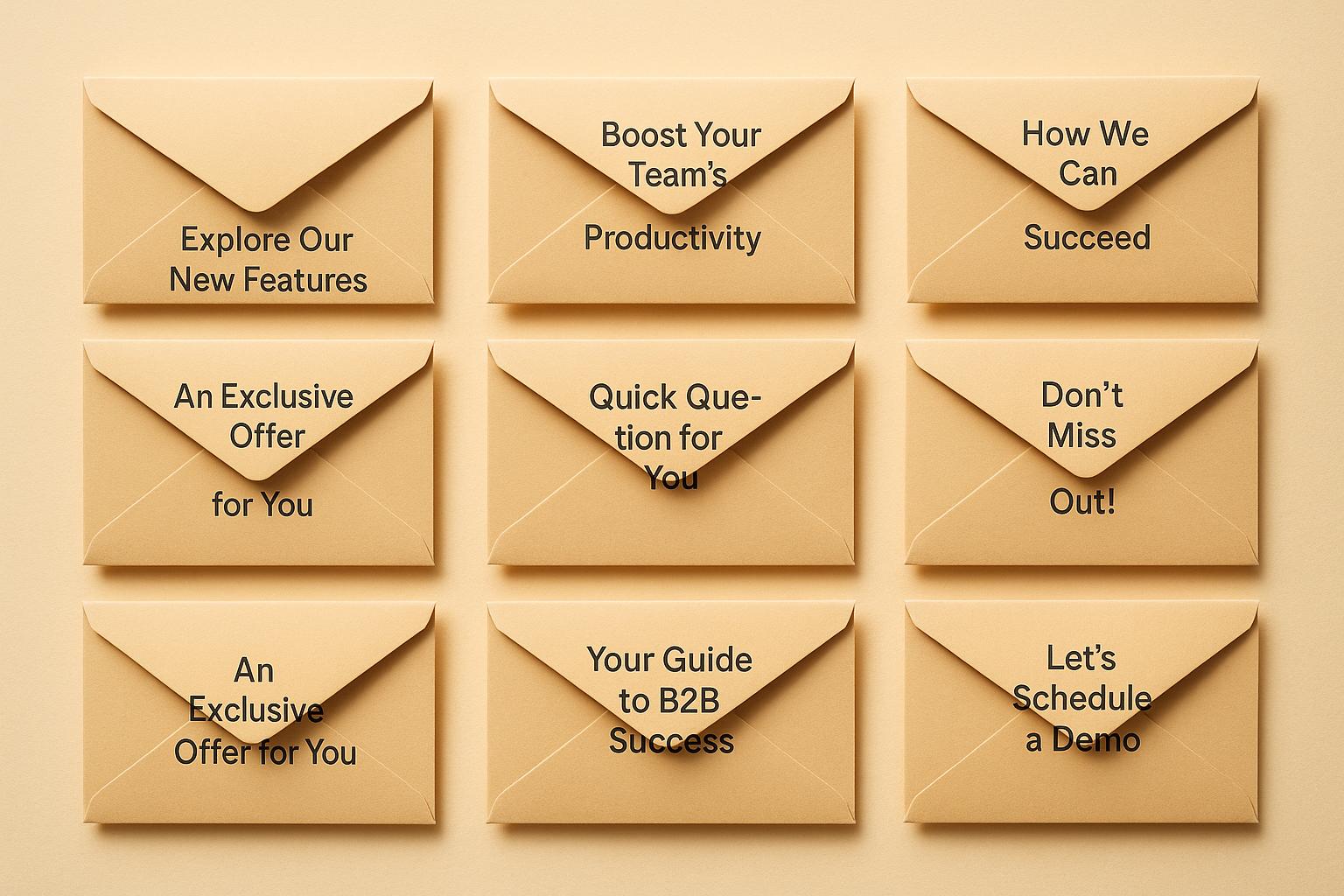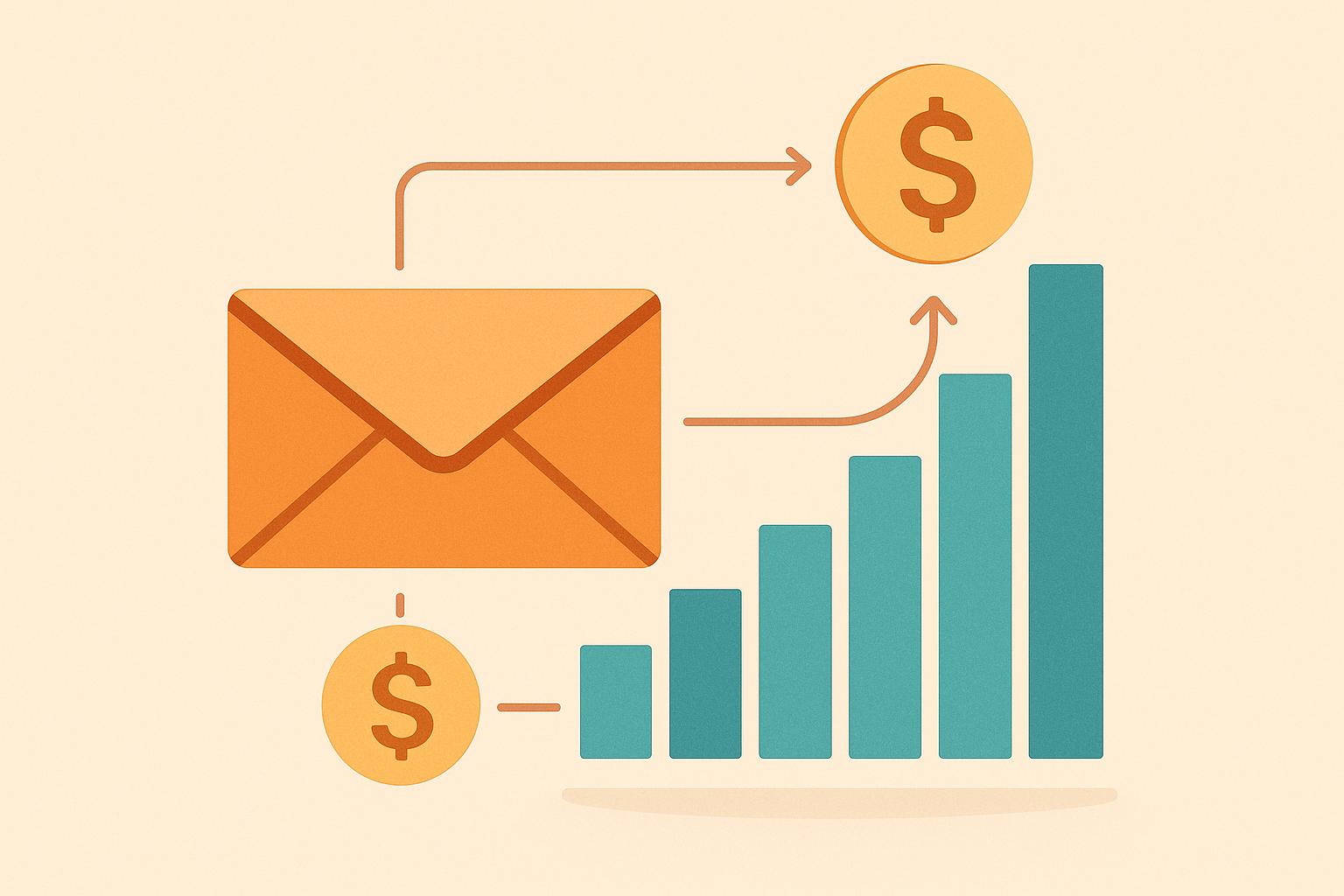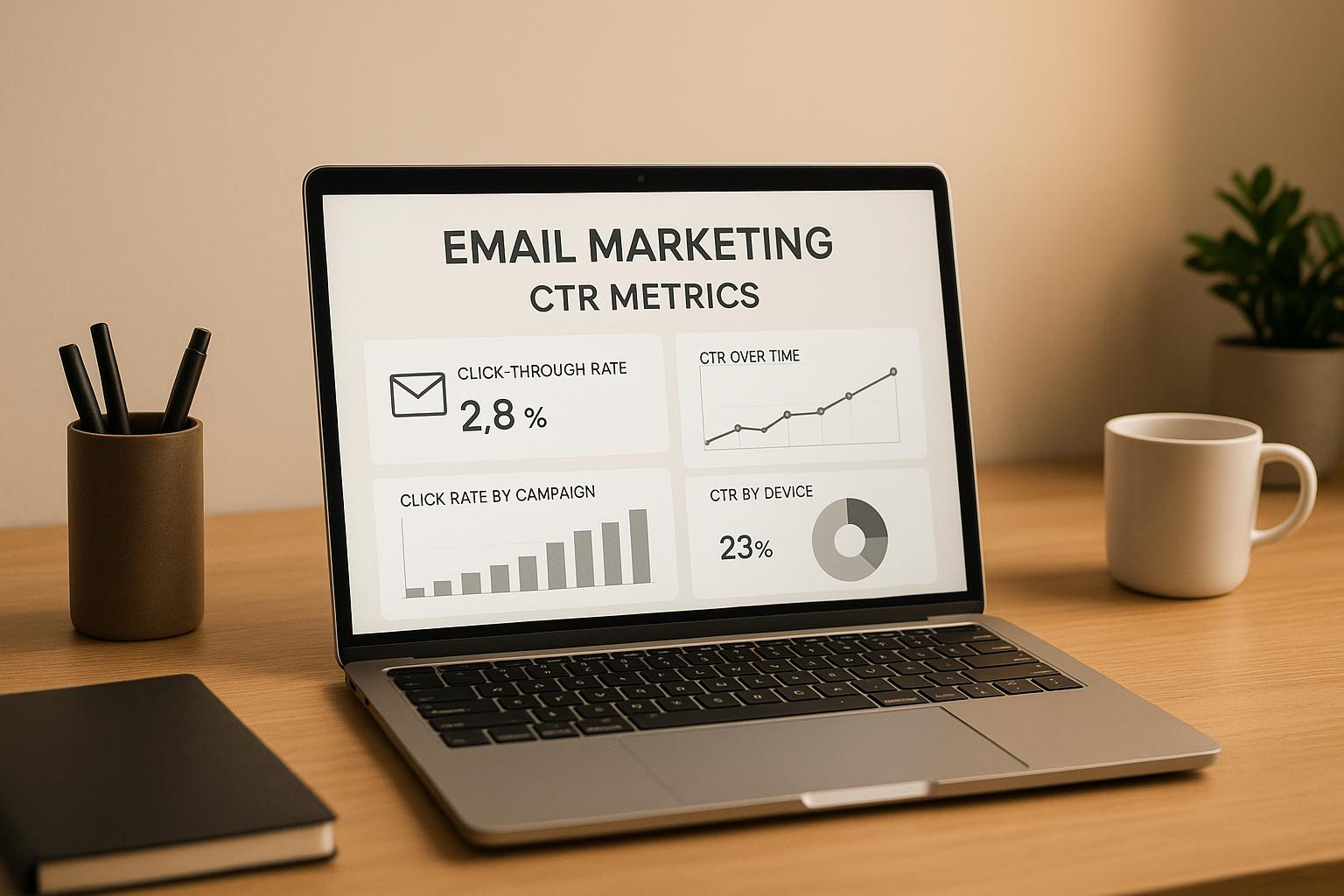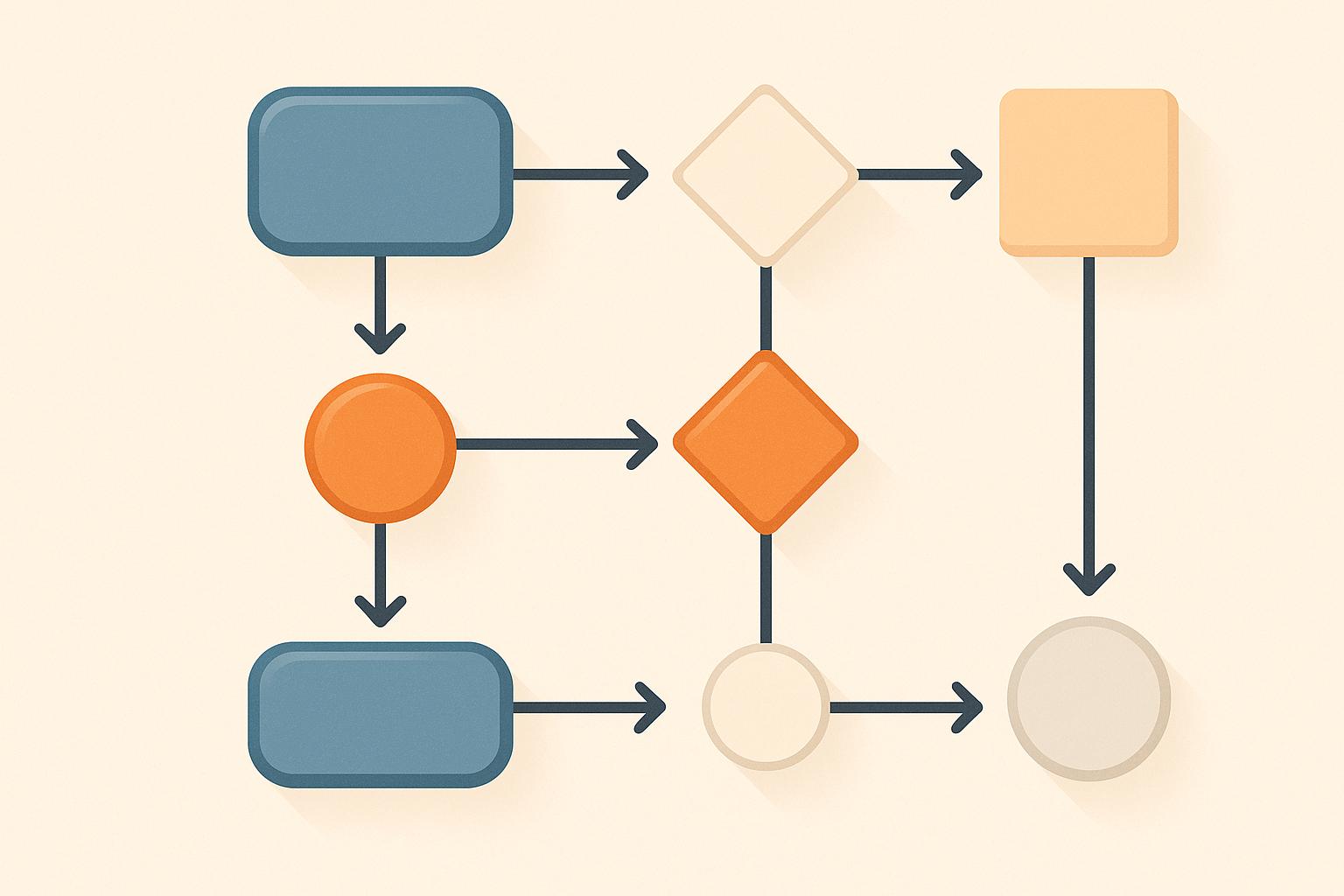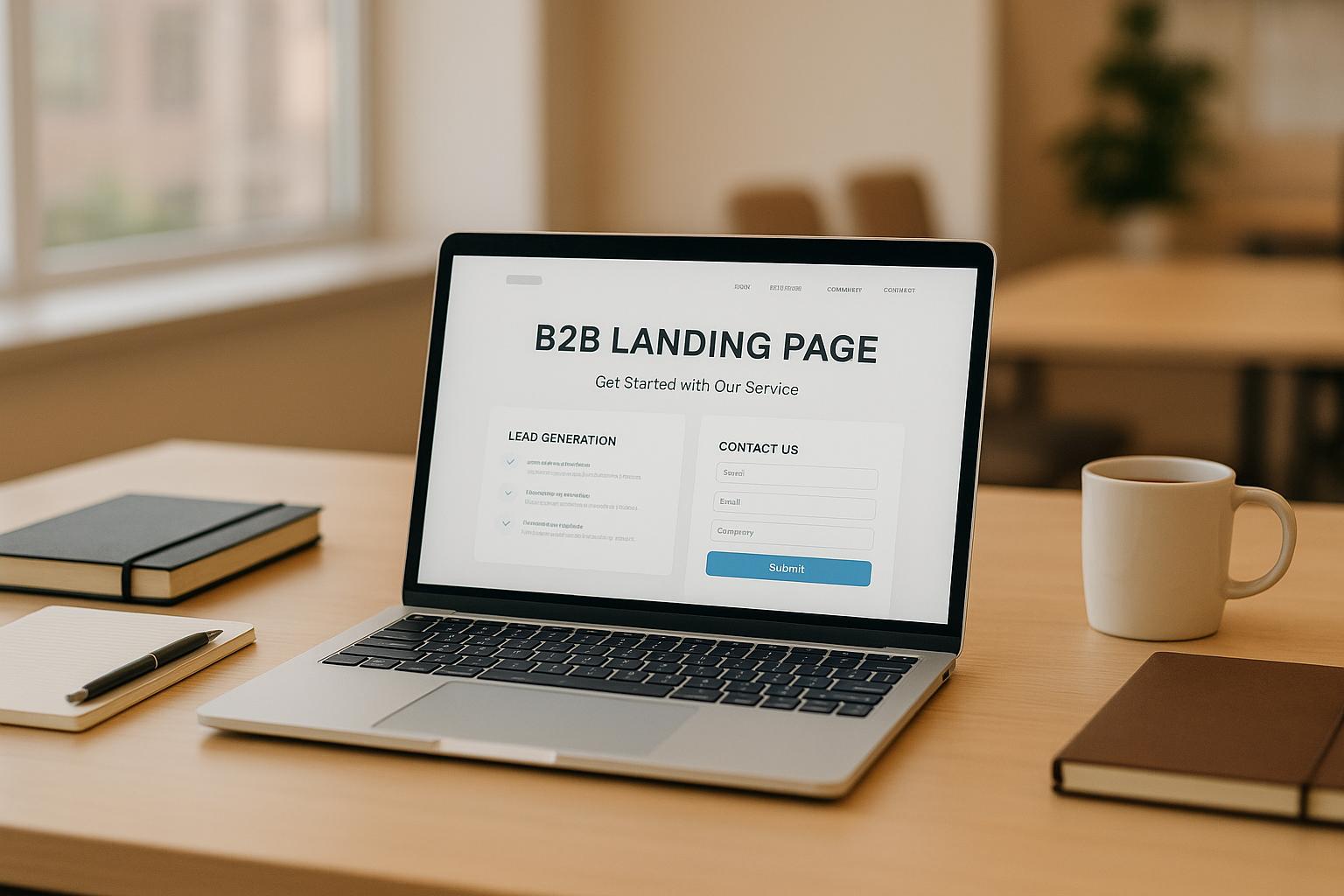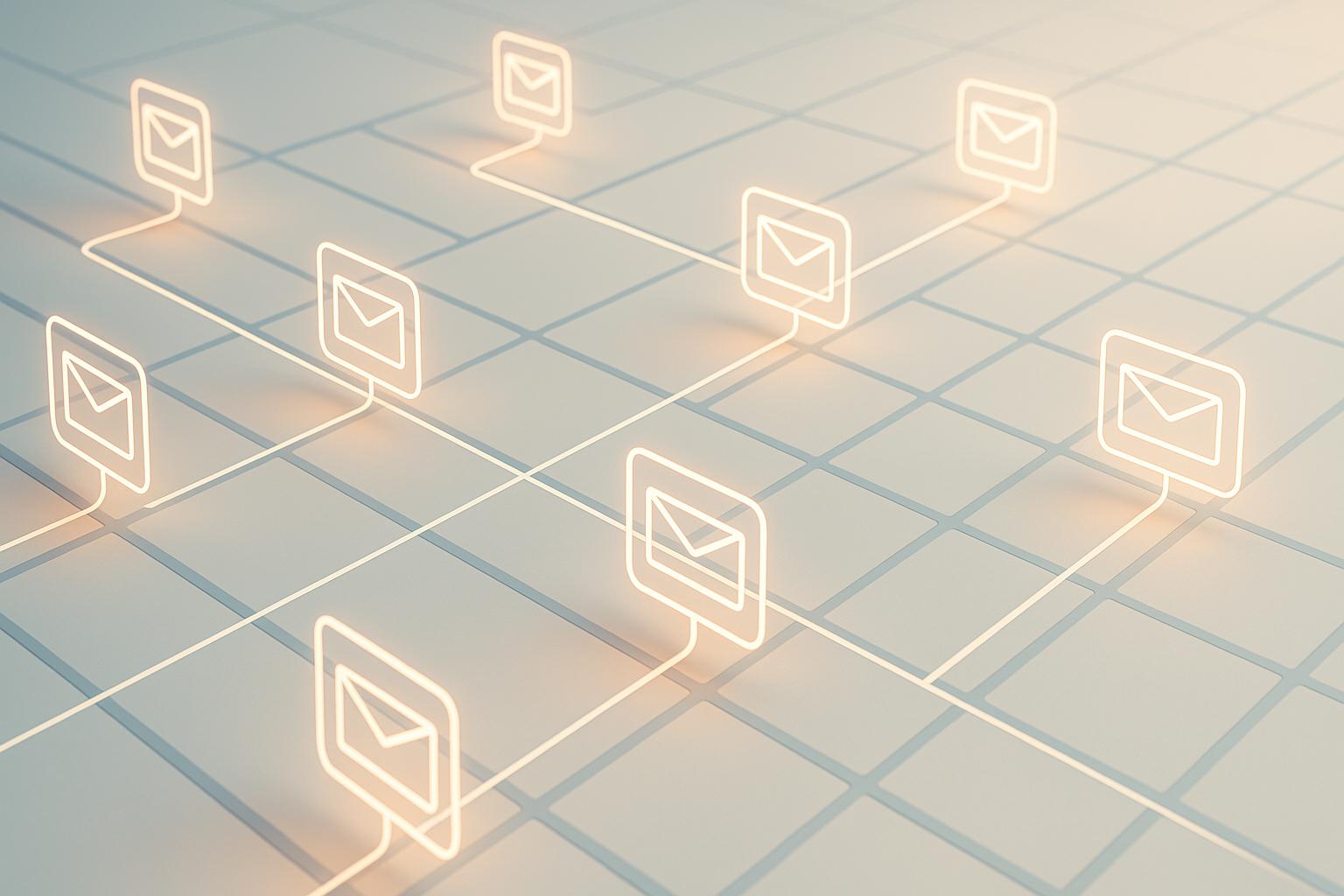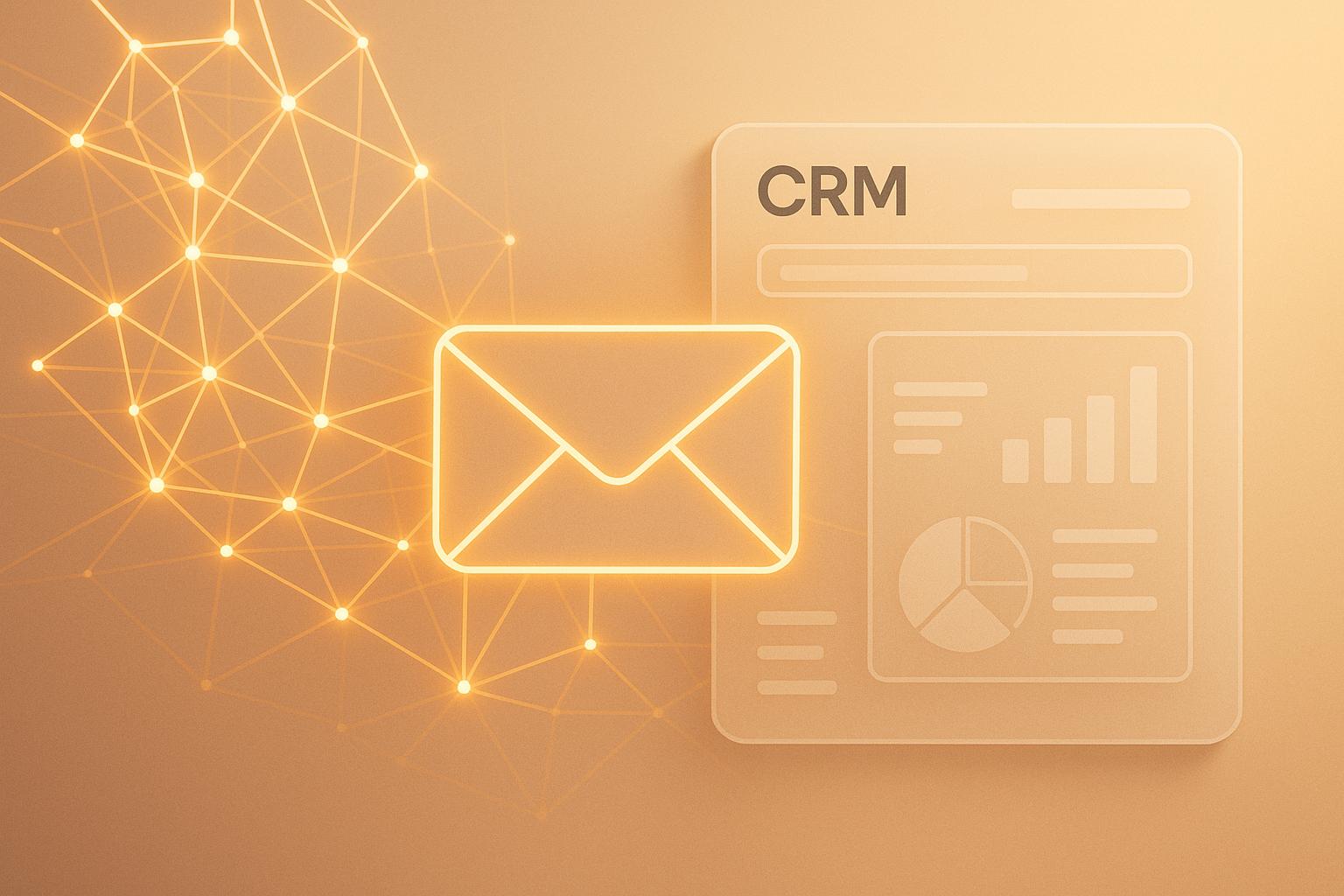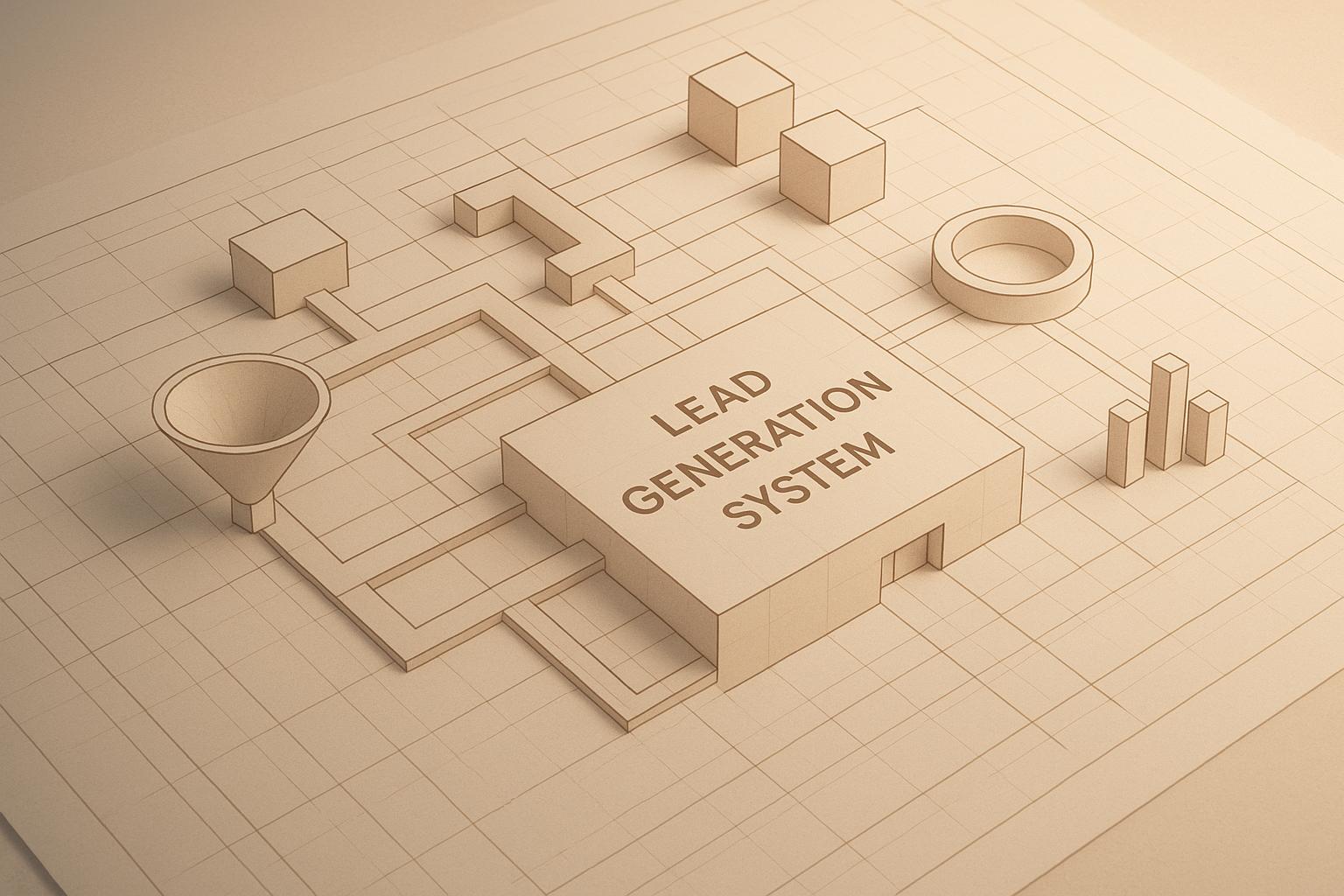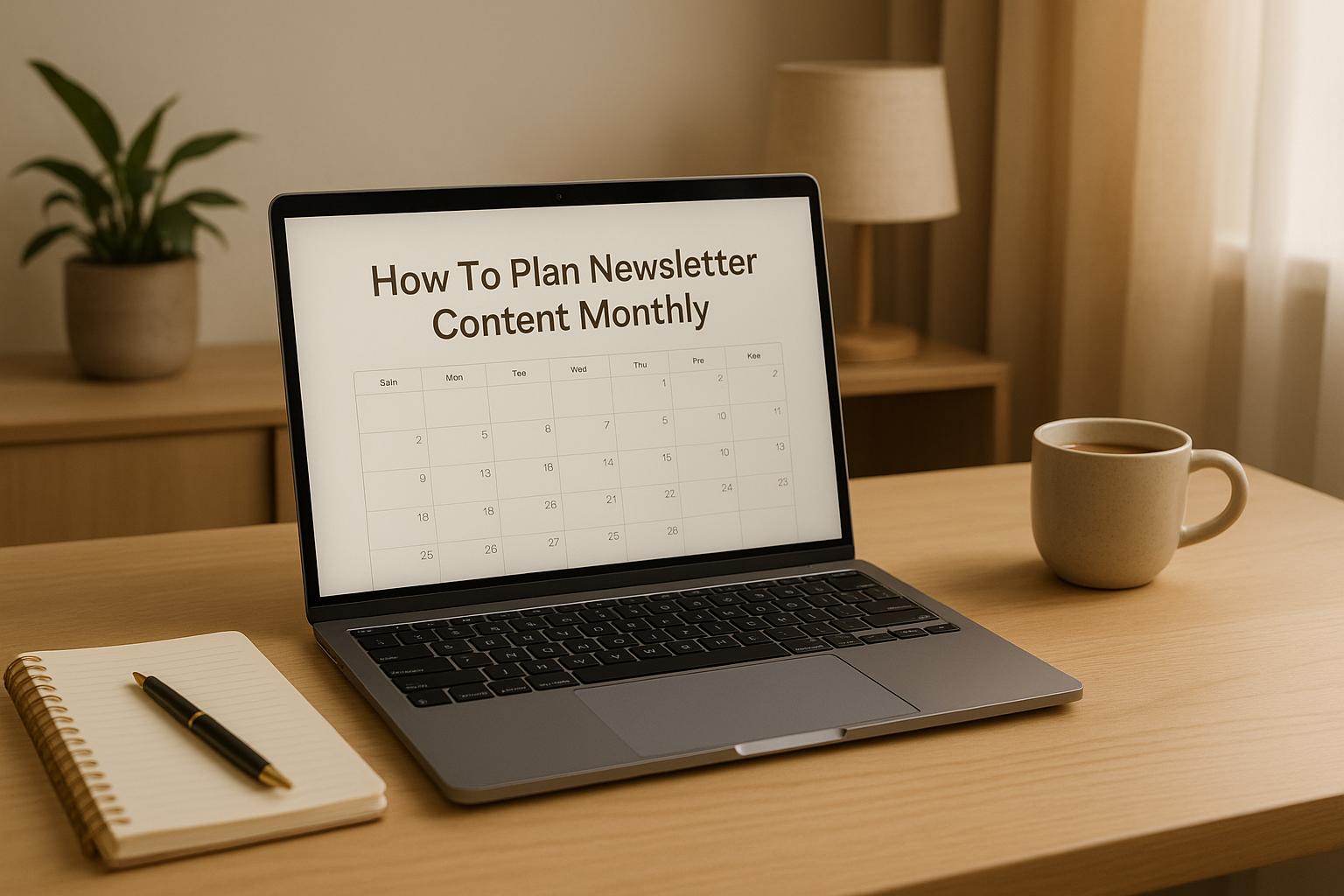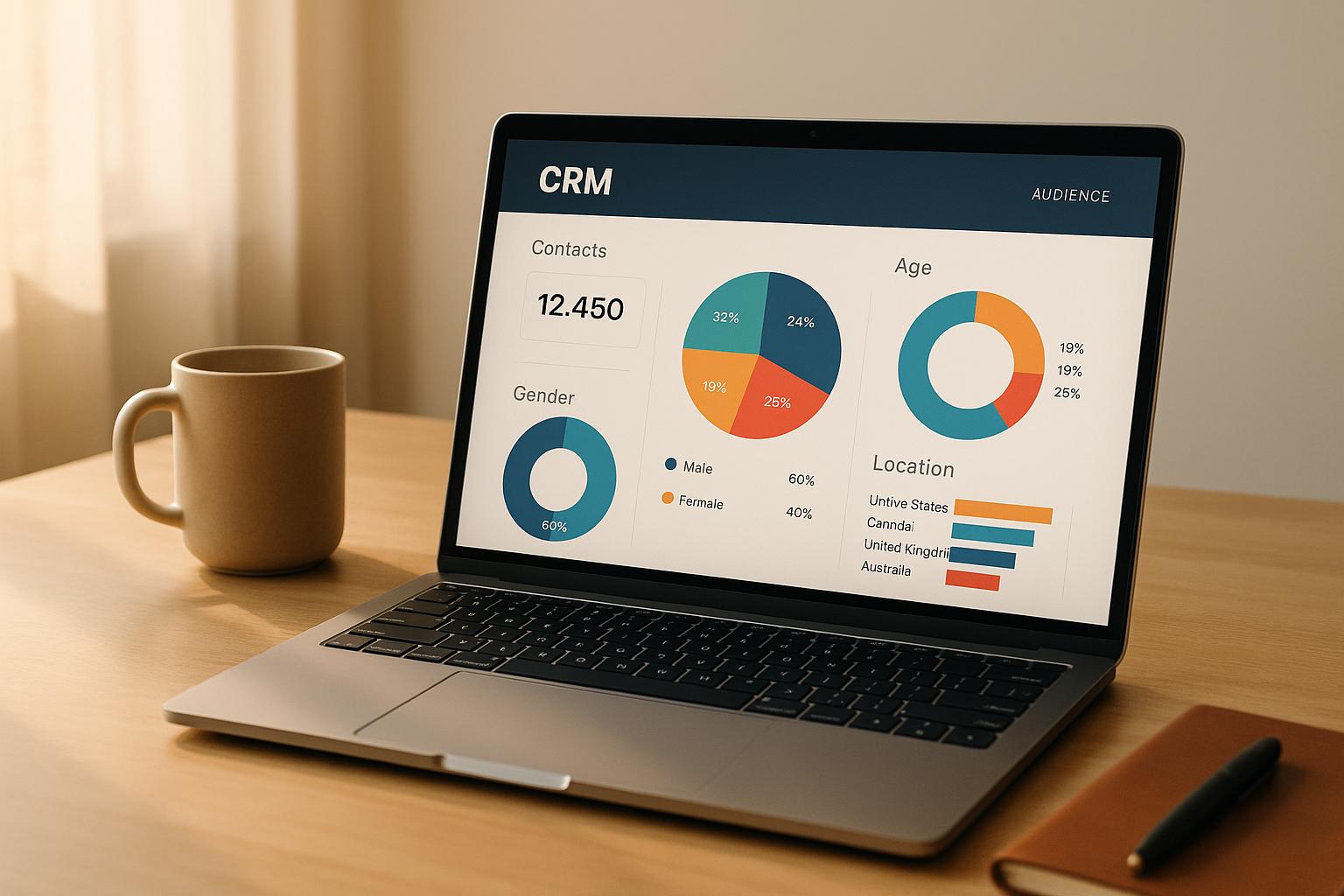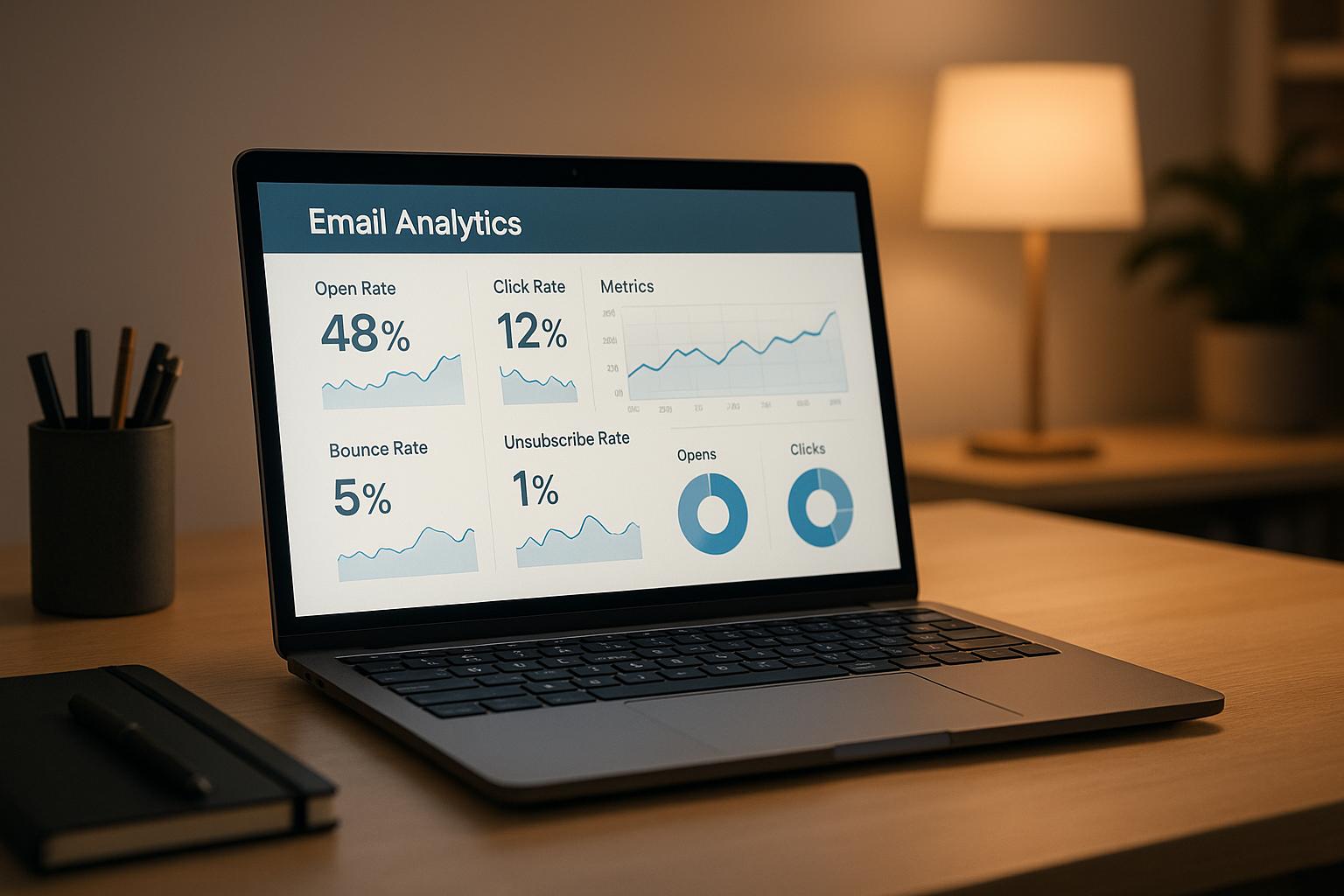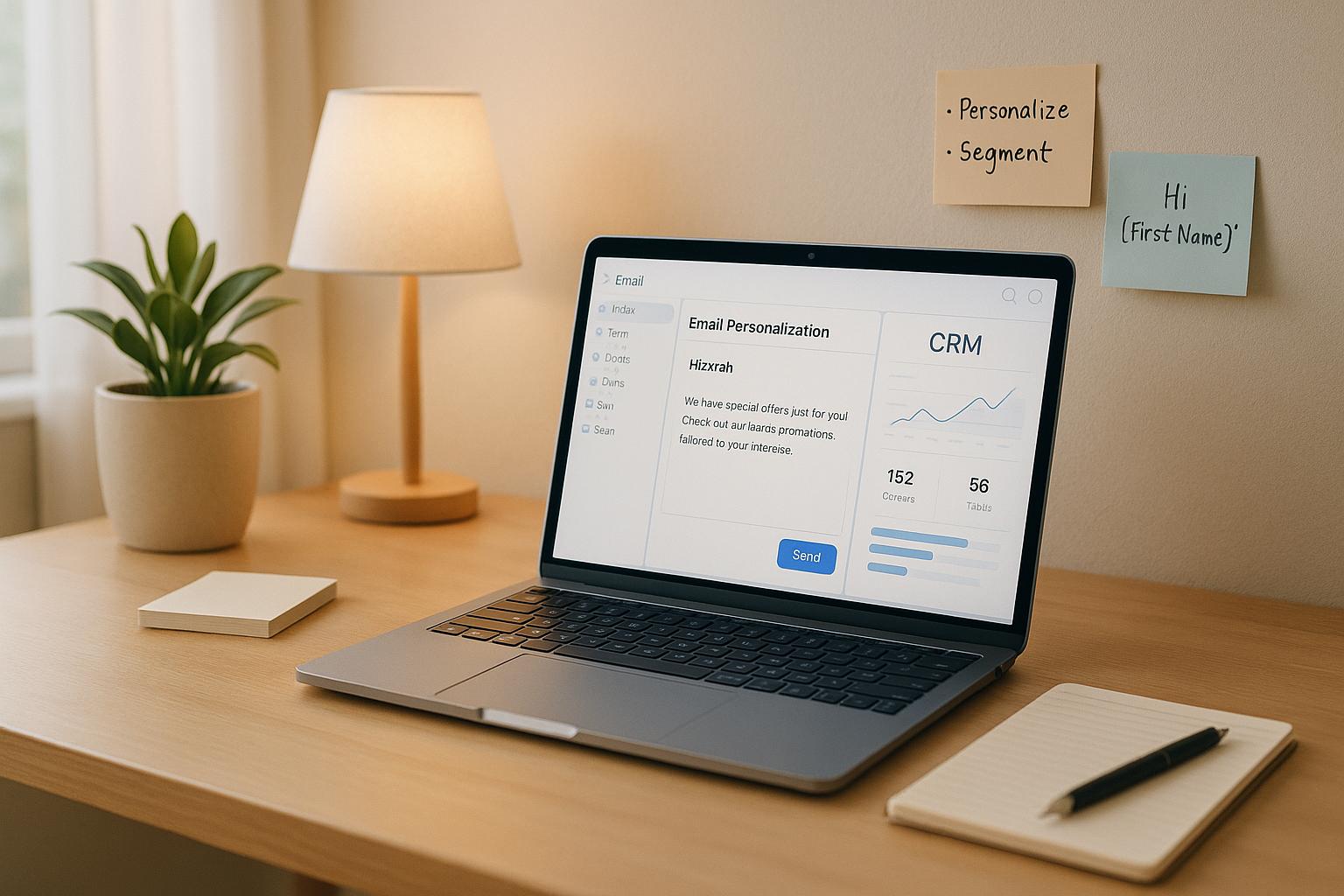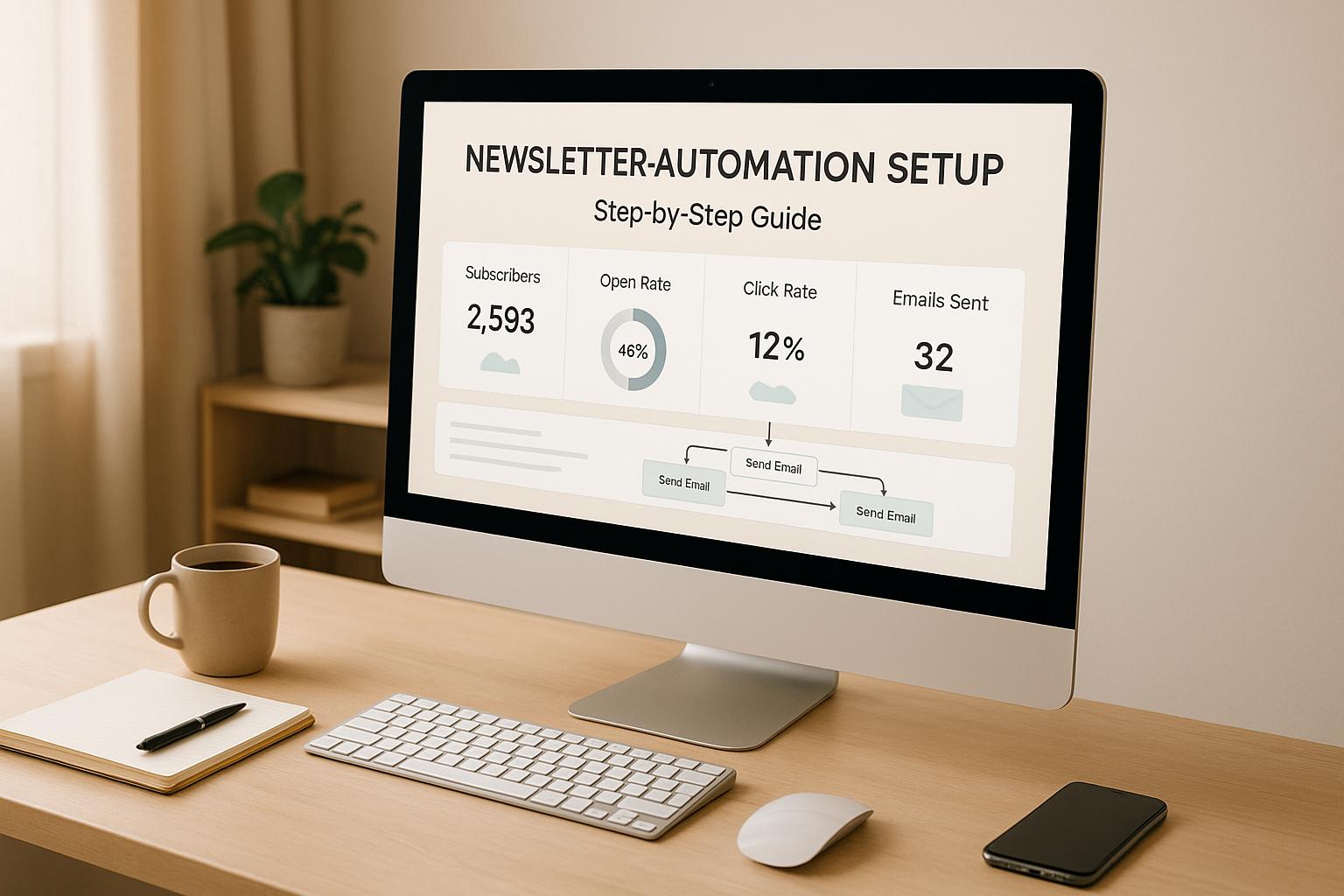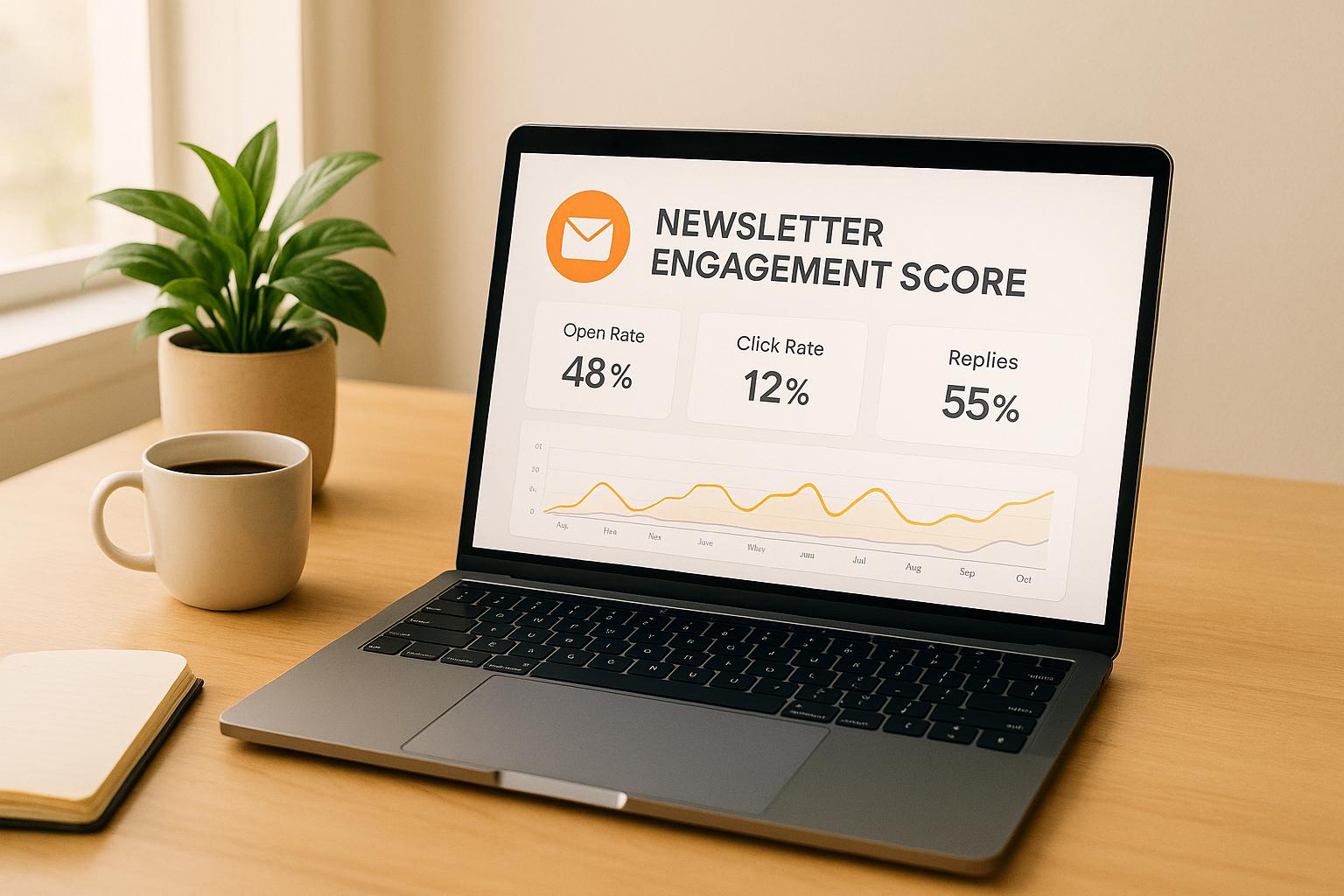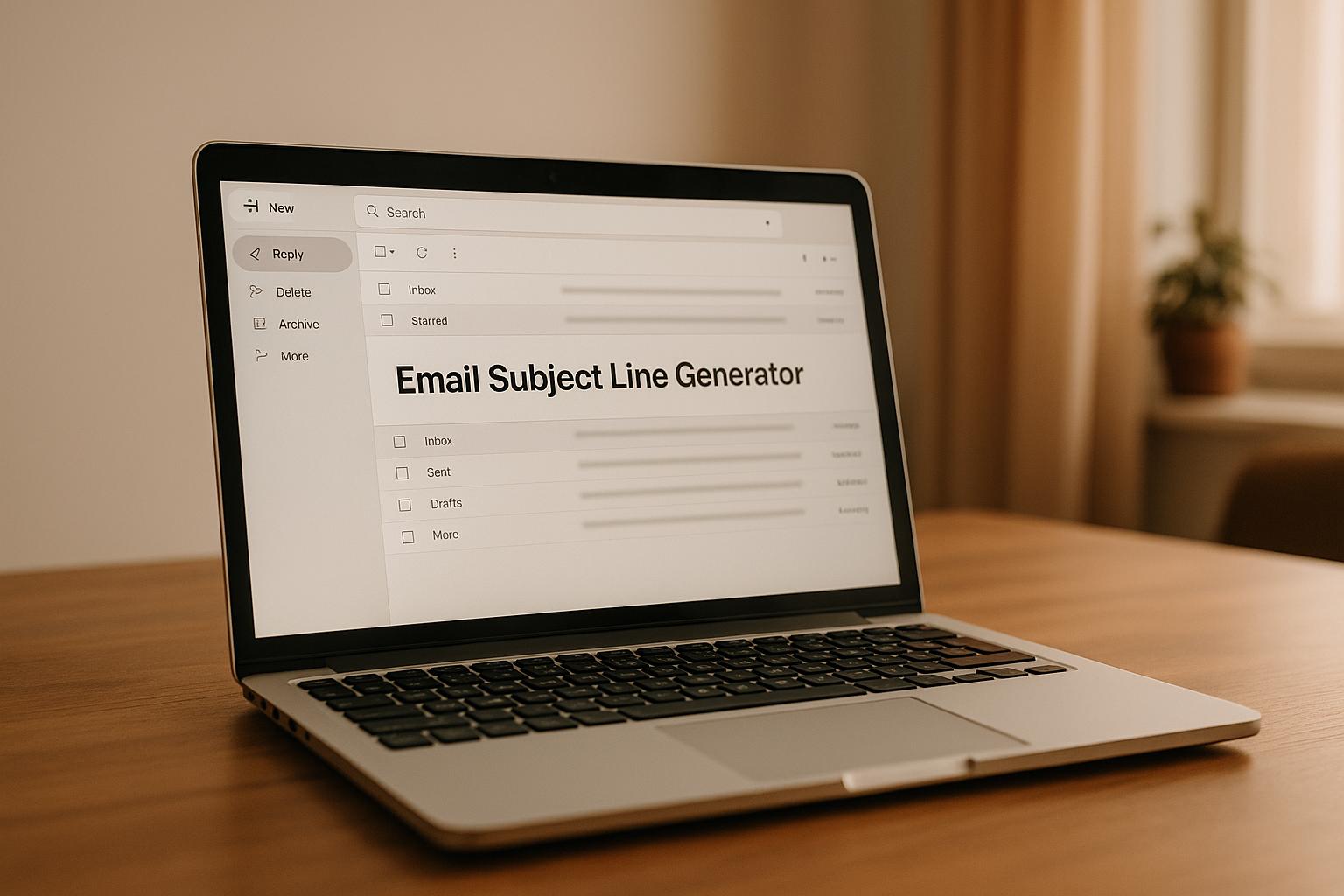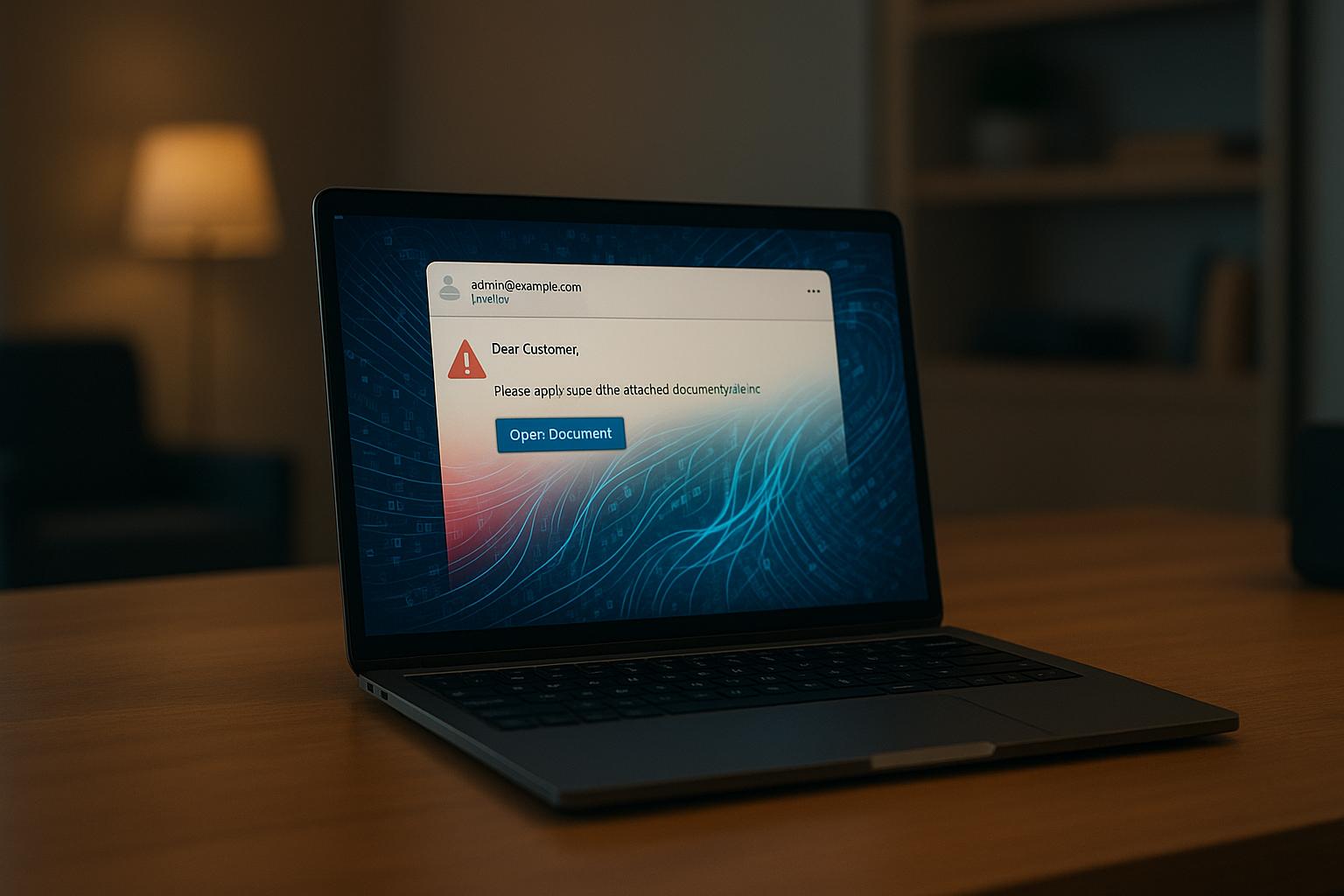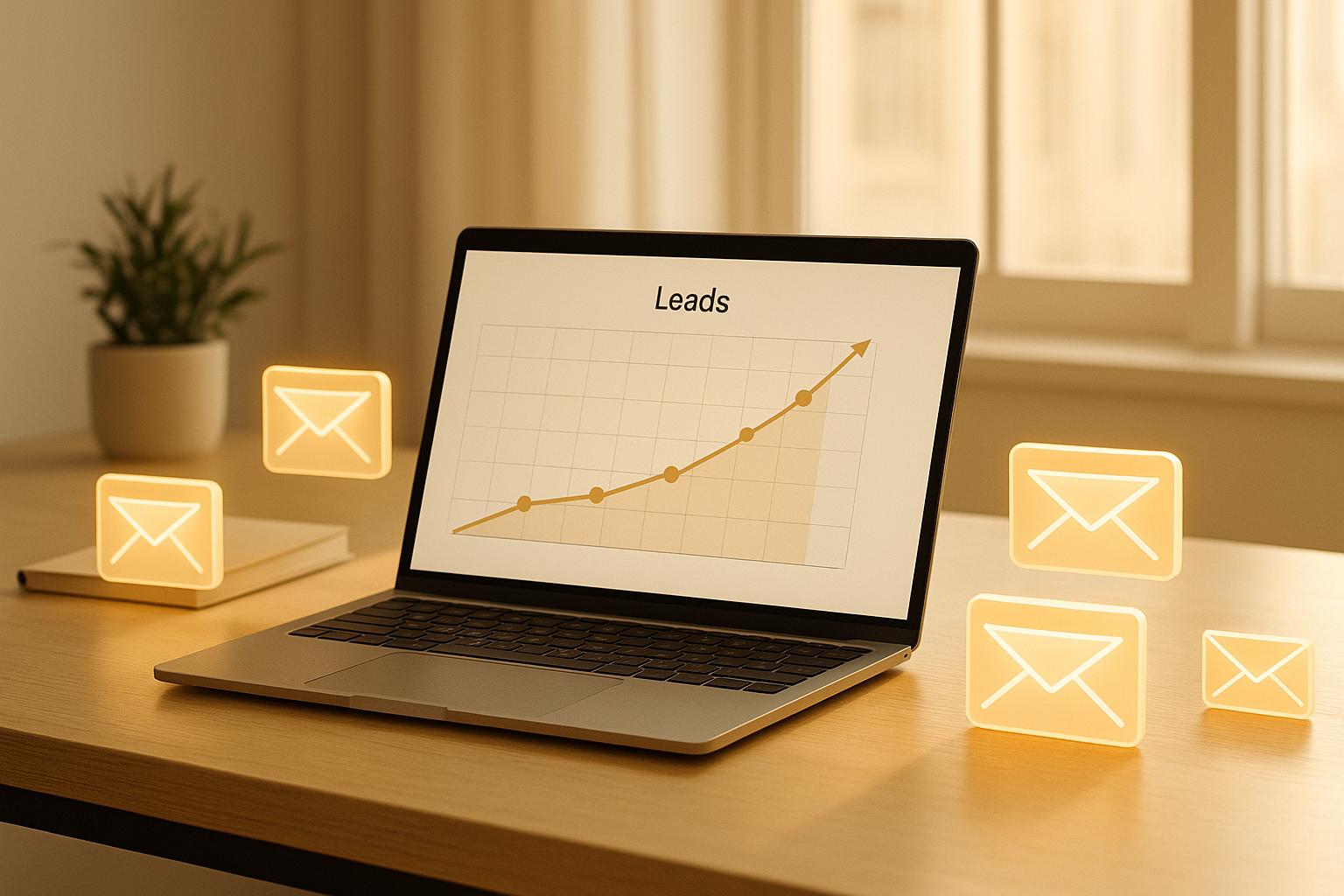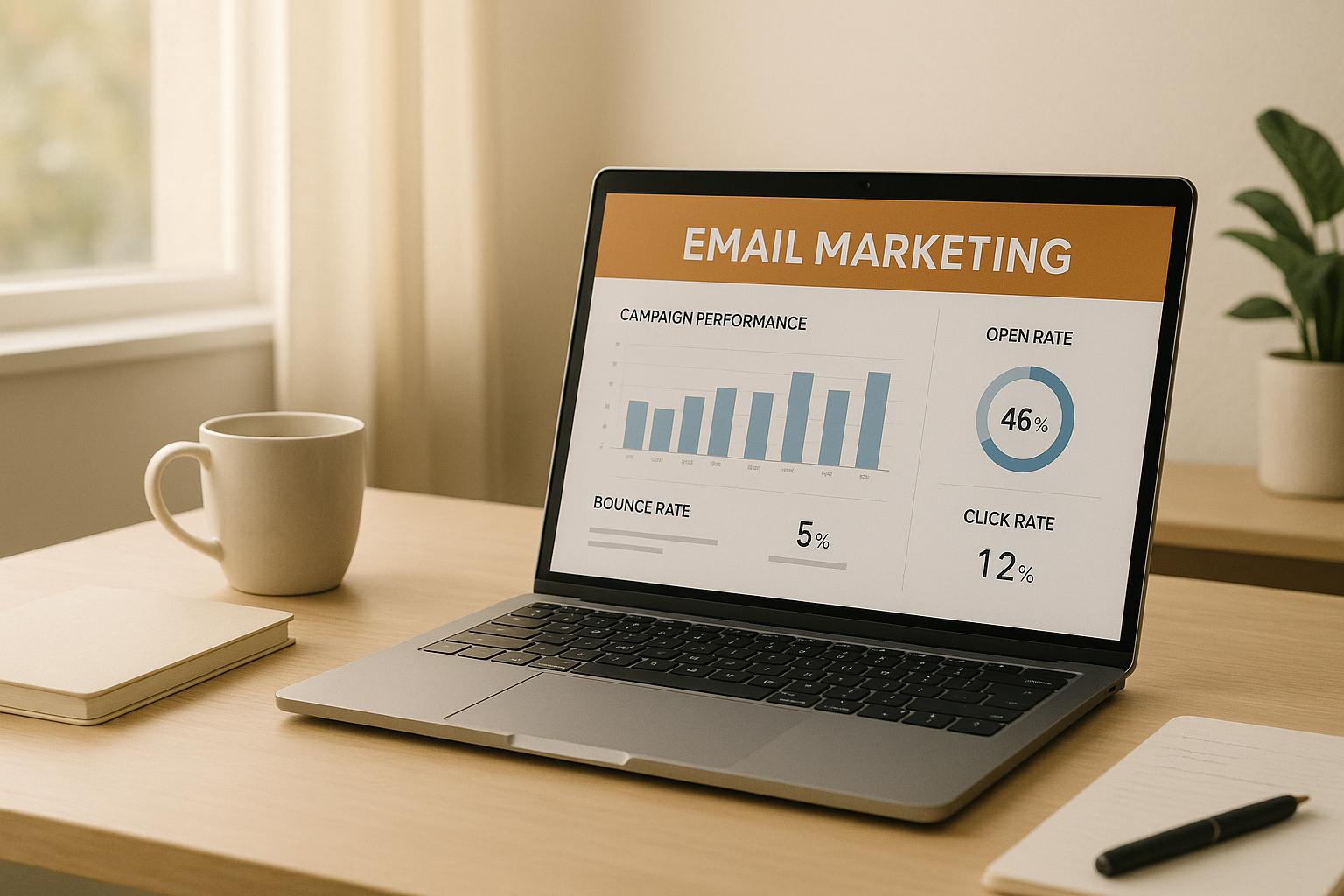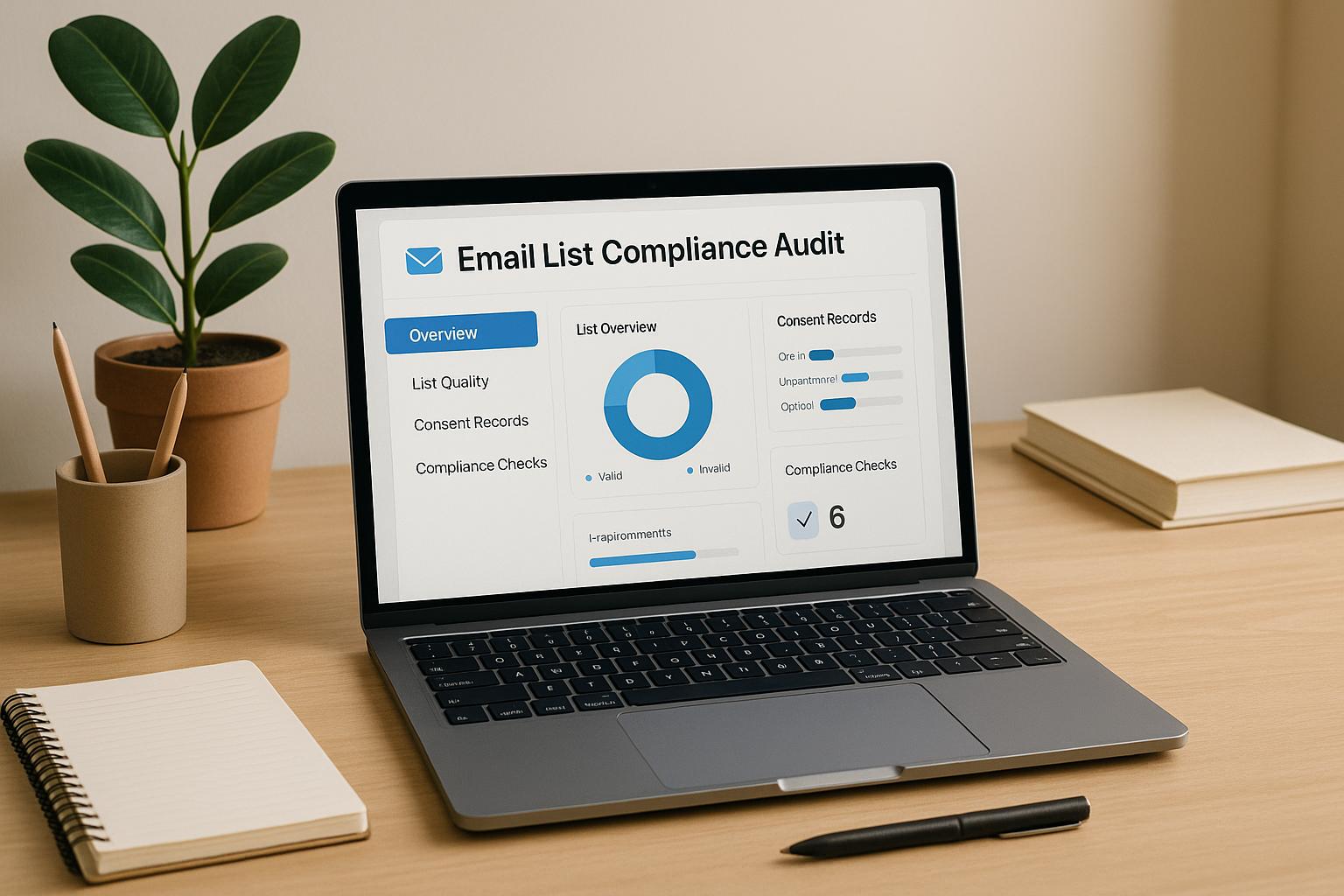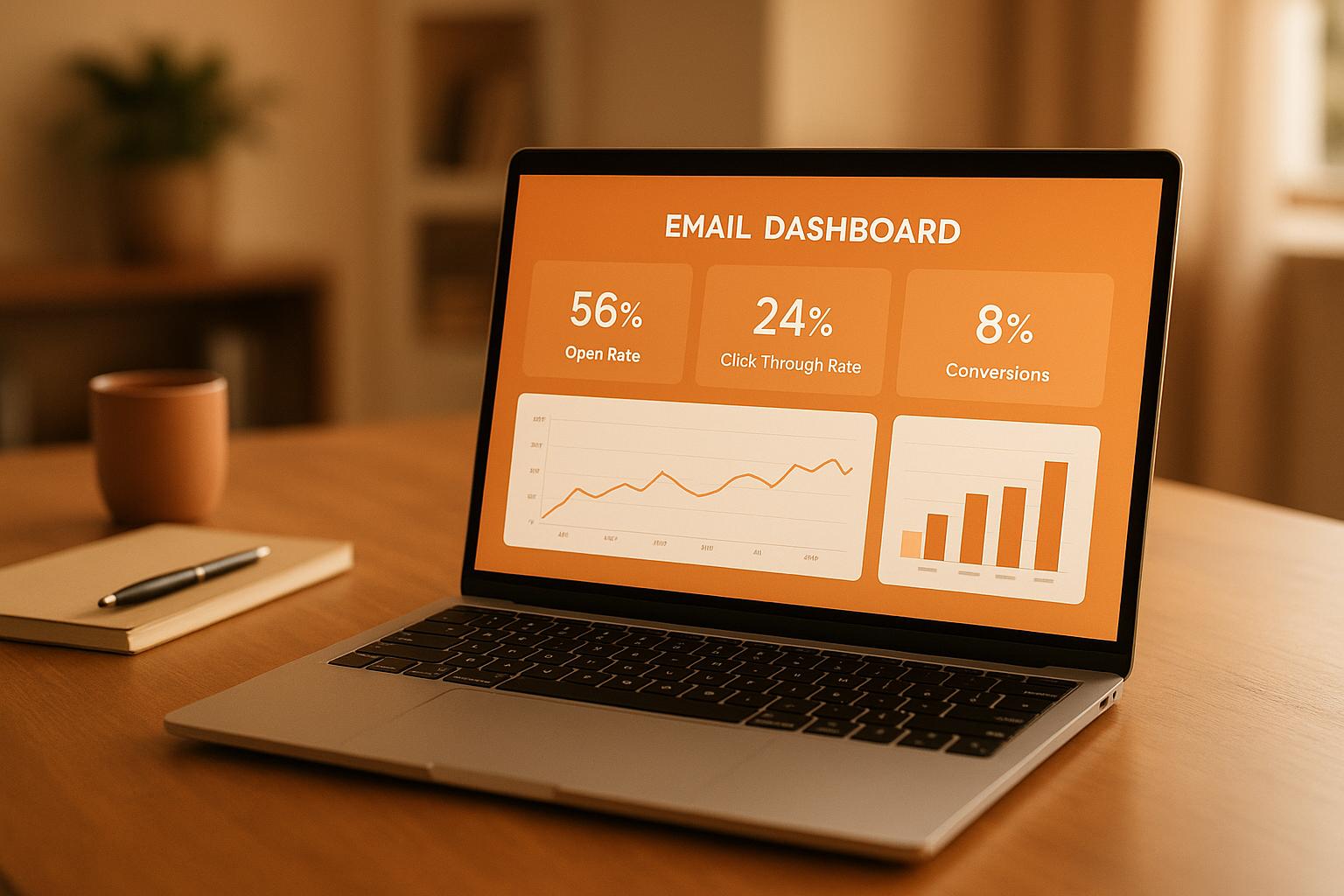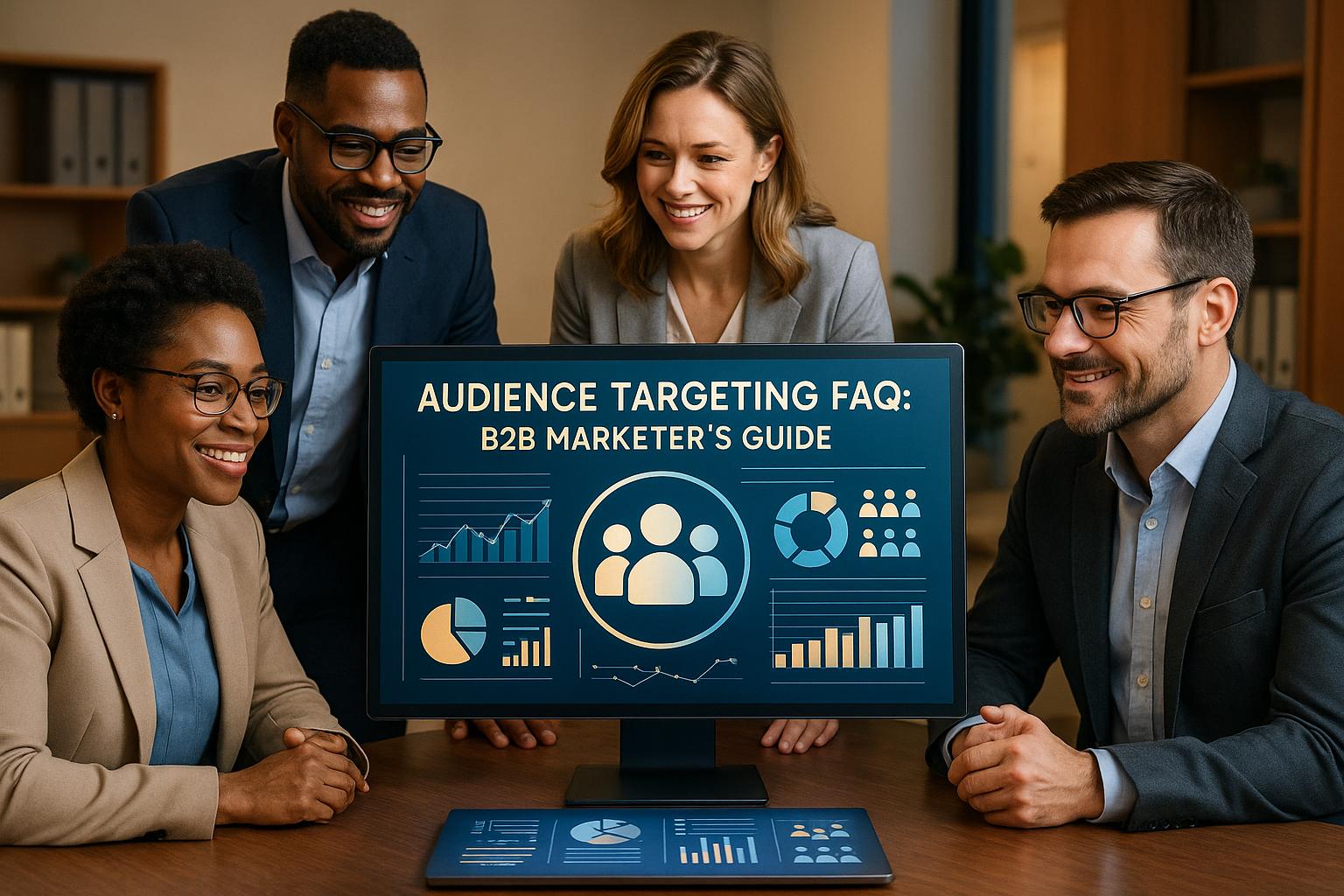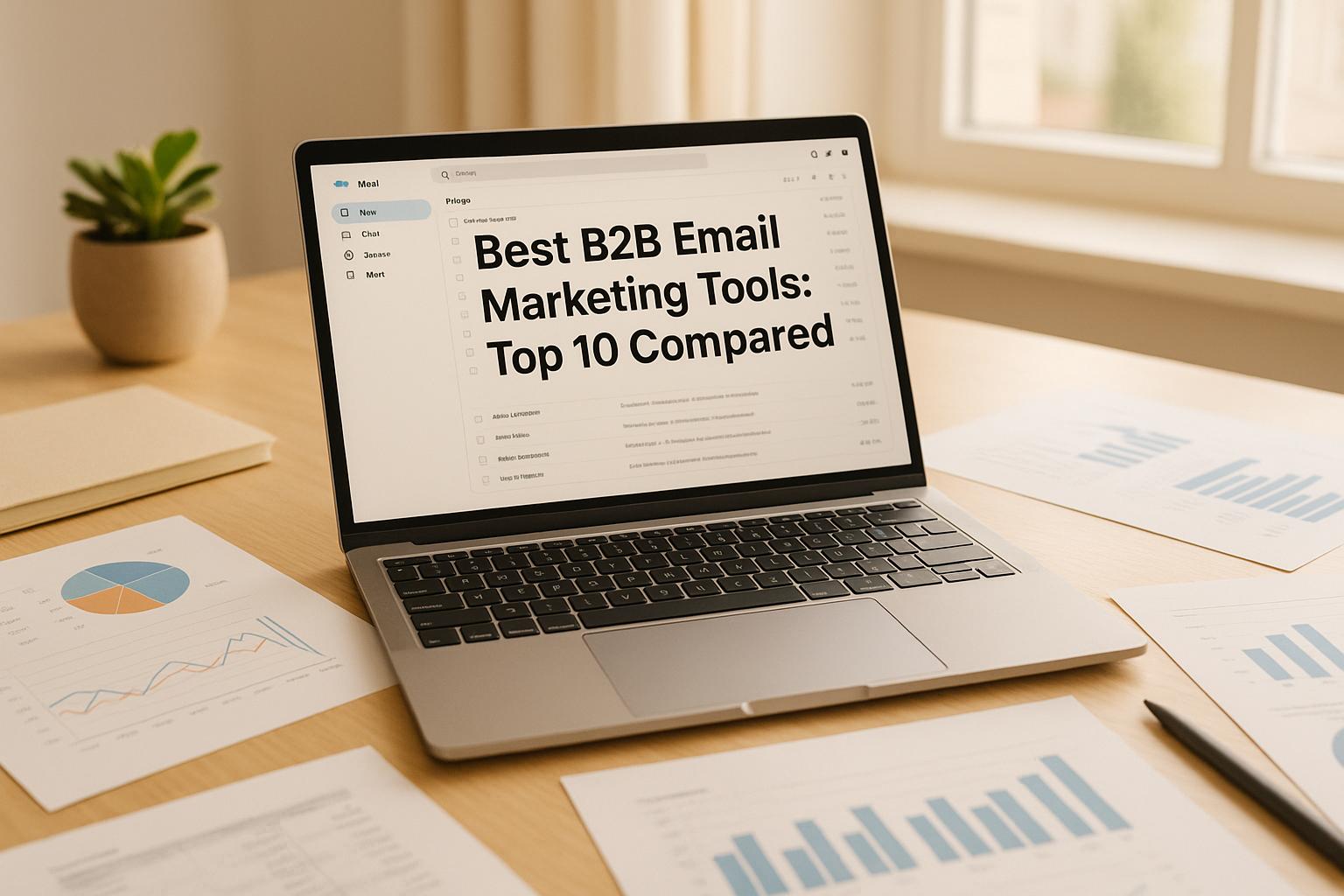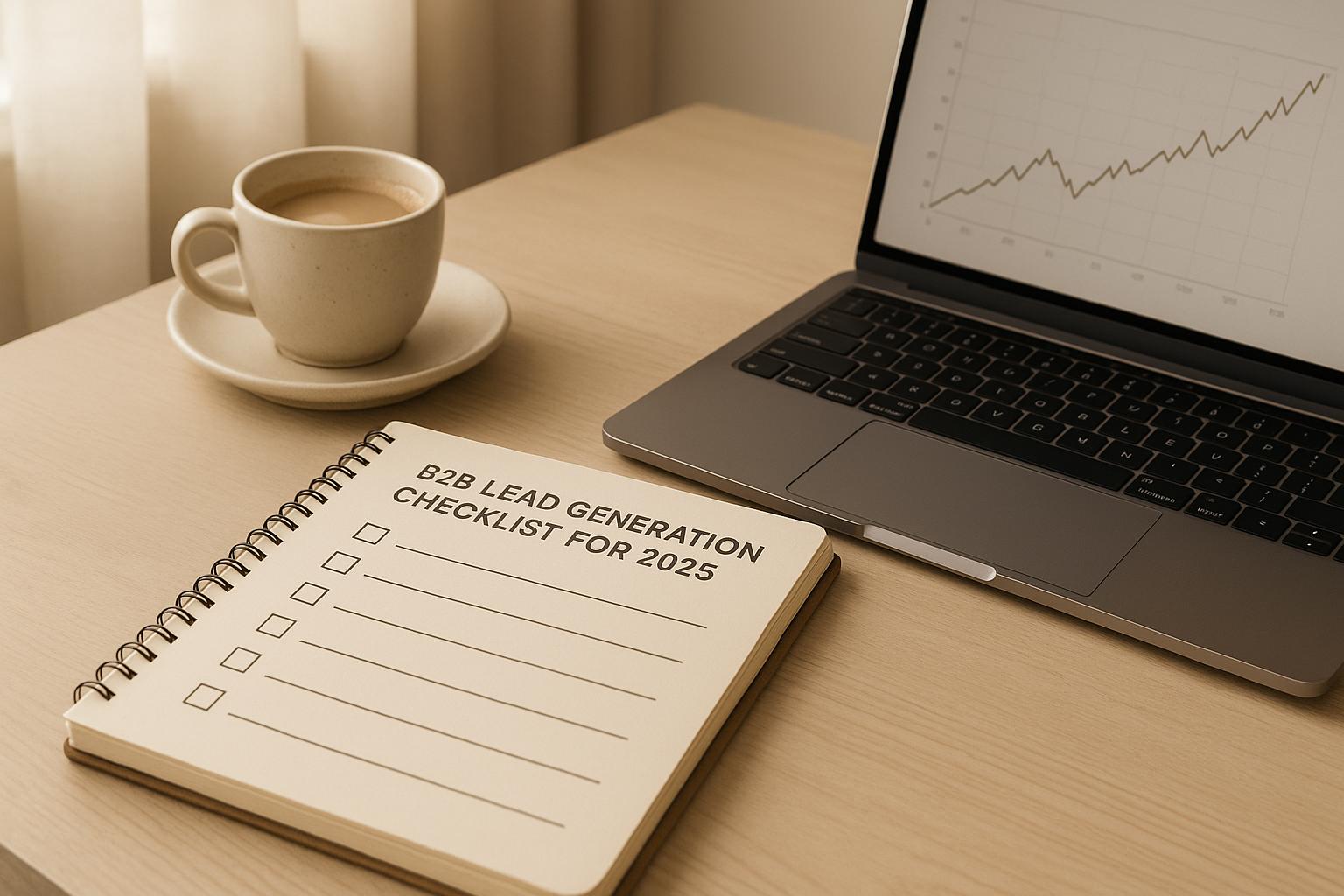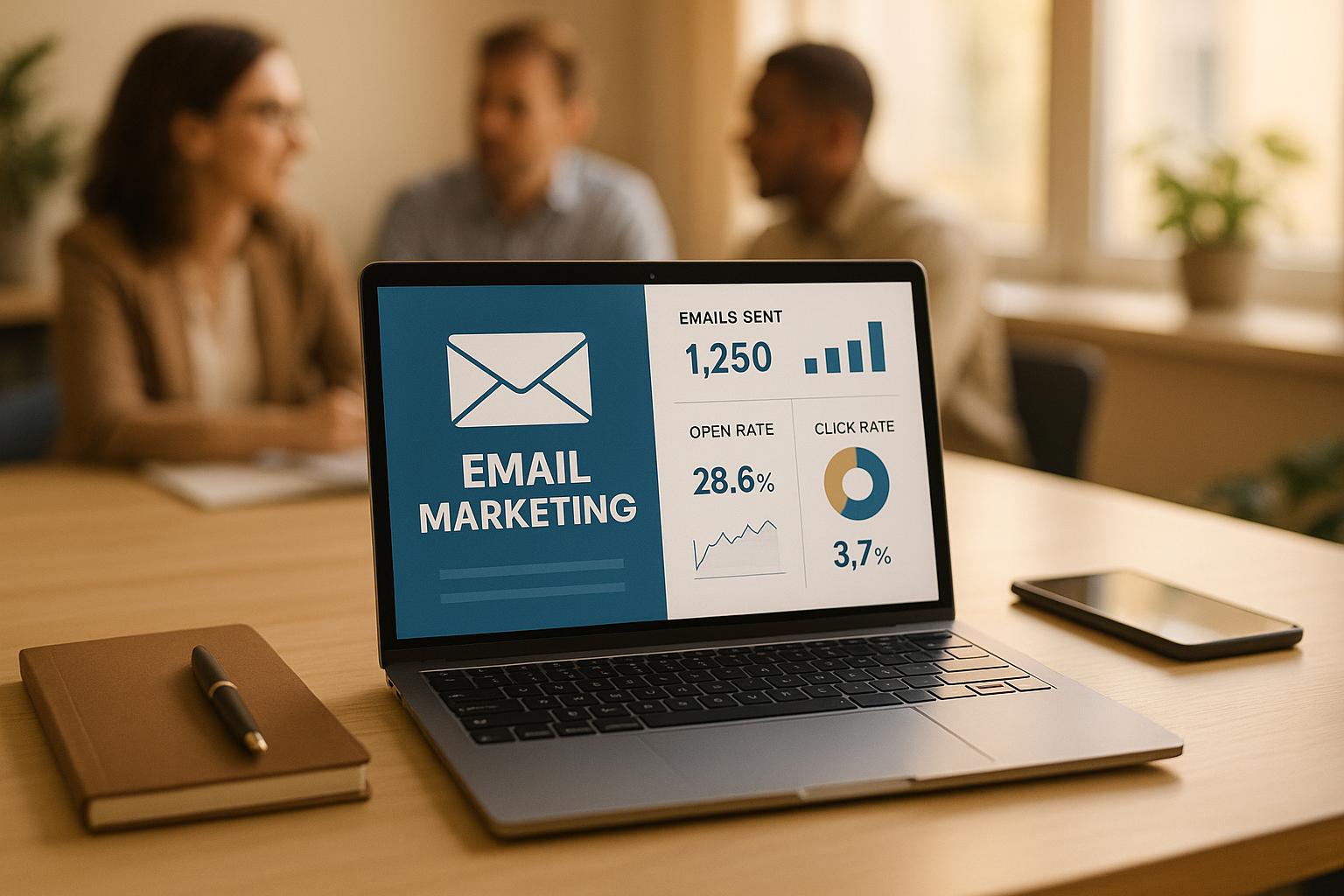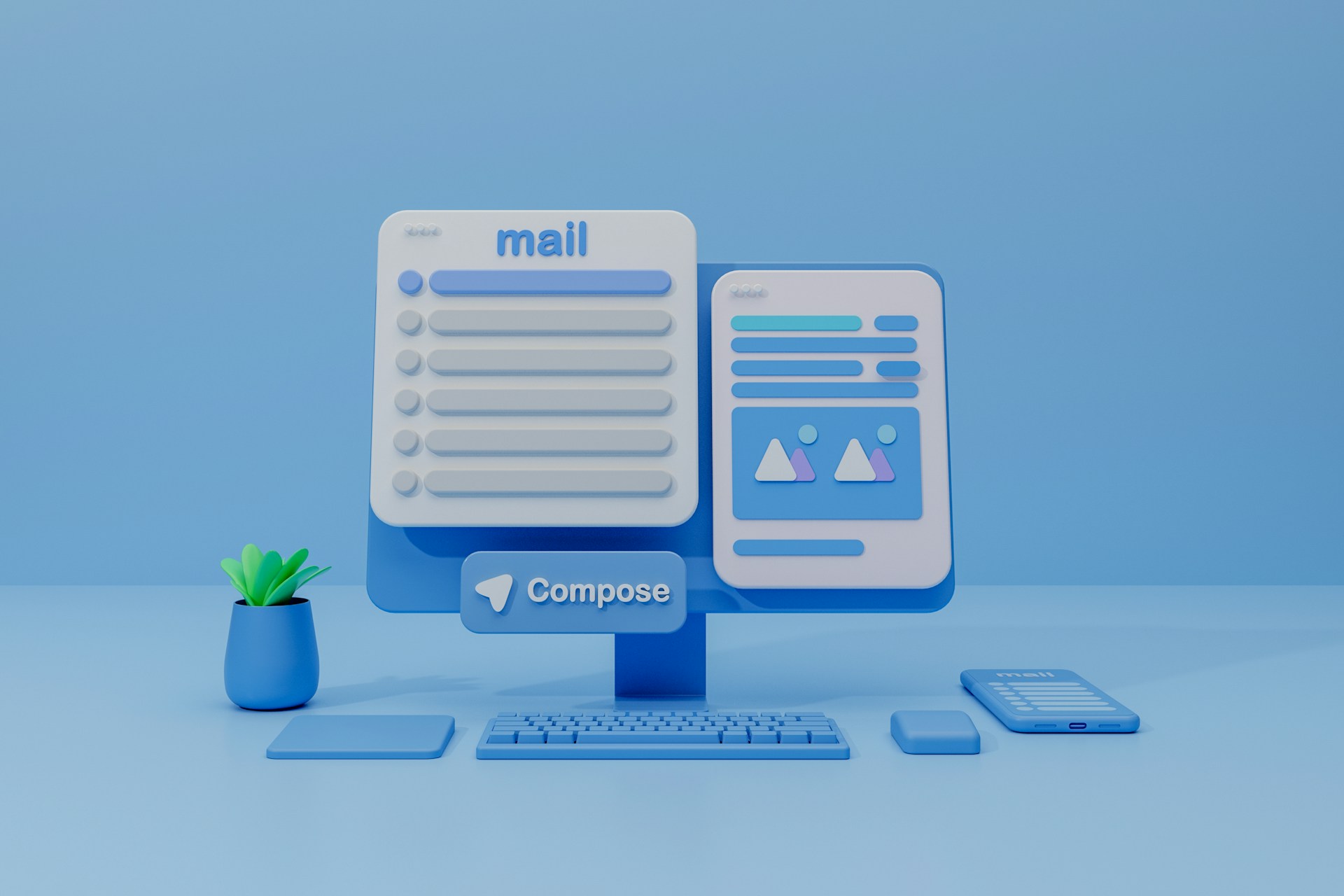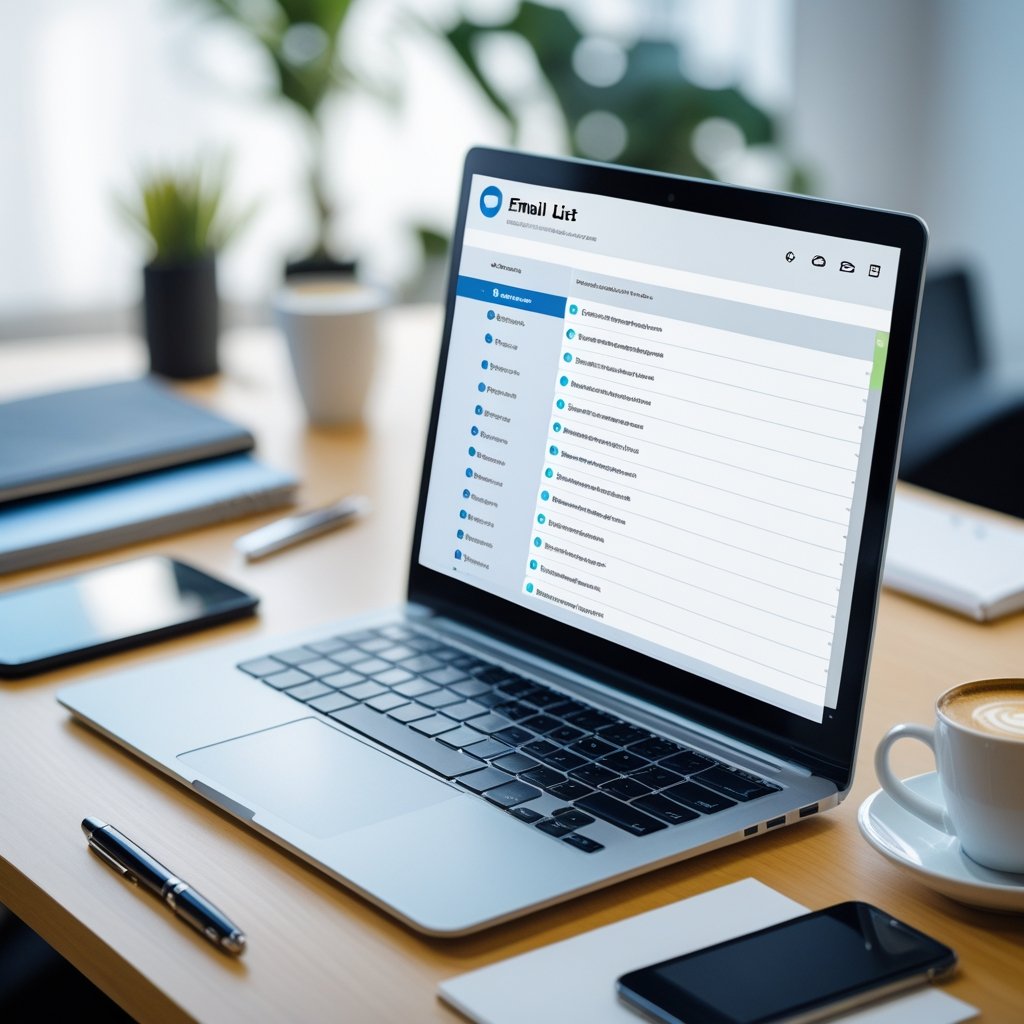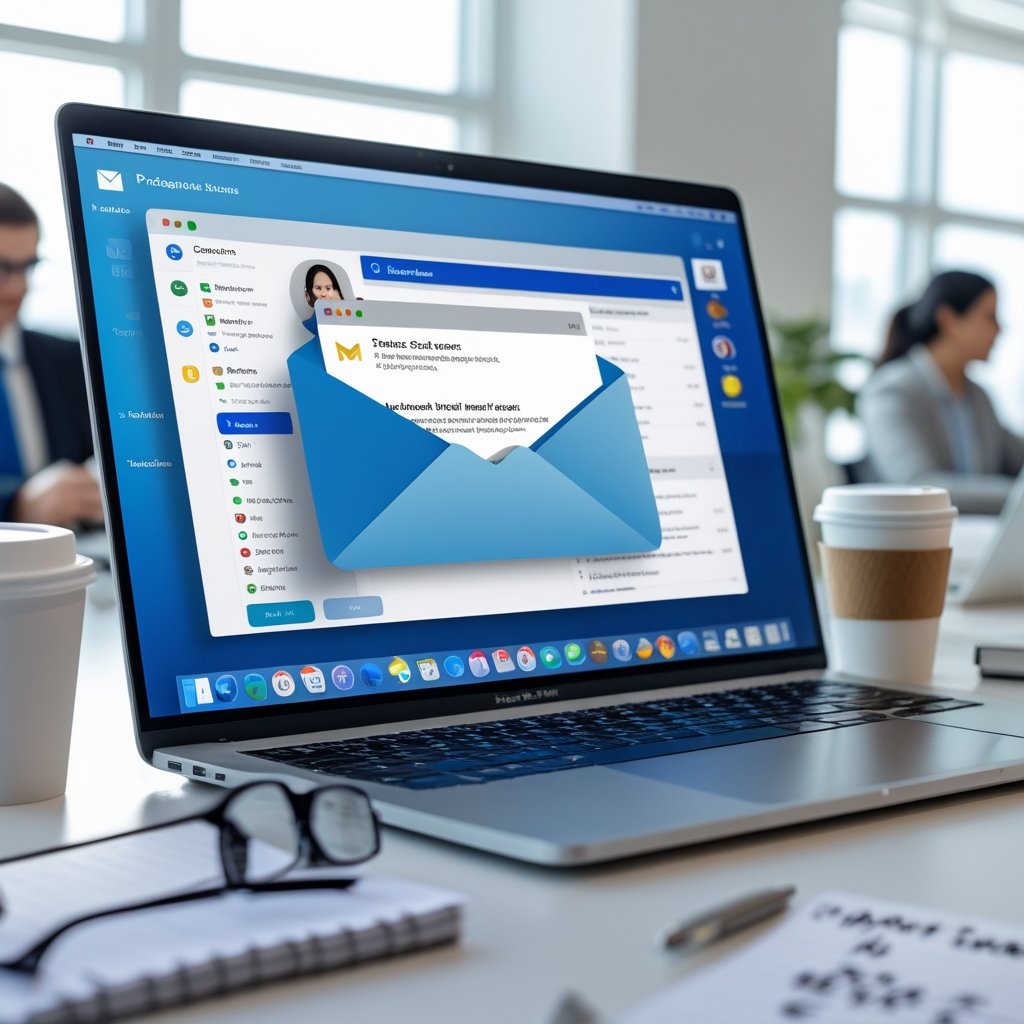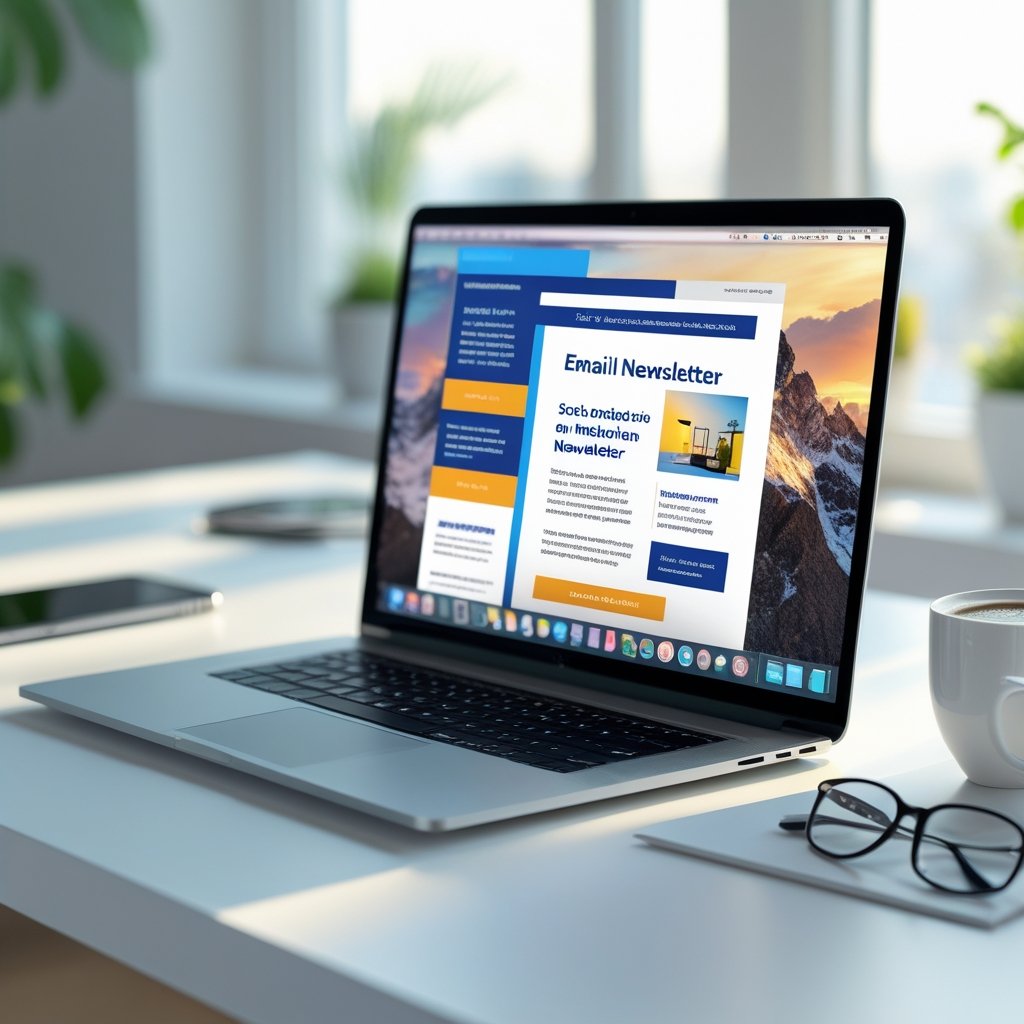How to Increase Newsletter Open Rates: Simple, Effective Tips

Trying to get more people to open your newsletter? It starts with knowing what your audience wants and making your emails easy to read.
Sending relevant content to the right subscribers increases your newsletter open rates. When you deliver value instead of just sending emails, readers engage more.
Forget broad blasts. If you're targeting B2B leads, tools like Breaker help you grow a list of subscribers who care about your message. Combined with smart testing and clear design, your open rate becomes a metric you can actually move.
Read on for practical, proven tips to get your emails opened more often—without gimmicks.
Understanding Newsletter Open Rates
Knowing what your open rate means and why it matters helps you make smart choices about your newsletter. It shows how many people actually see your message, which affects your email strategy.
What Is an Open Rate?
Your open rate is the percentage of subscribers who open your email after you send it. Calculate it by dividing the number of people who opened your email by the number of emails delivered, then multiplying by 100.
For example, if you send 1,000 emails and 200 are opened, your open rate is 20%. Tracking uses a tiny invisible image inside your email, so if images are turned off, your open rate may be under-reported.
Open rates show how well your subject lines and send times work. They also hint at whether your emails land in the inbox or spam folder.
Why Open Rates Matter
Open rates directly influence your ability to connect with your audience. If your open rate is low, fewer people see your content or offers, which lowers your chances for clicks, shares, and sales.
Improving this number means more eyes on your message, leading to more engagement and better ROI. For B2B marketers, strong open rates are essential for lead generation and building trust among subscribers.
Trusted platforms help you boost open rates by focusing on the right audience and delivering timely sends. Monitoring your open rate helps you spot issues like poor deliverability or unengaging subject lines early.
Crafting Compelling Subject Lines
Your subject line is the first thing subscribers see. It must grab attention quickly and make them want to open your email. Use personalization, urgency, and test different styles to improve your open rates.
Personalization Strategies
Personalize your subject lines with details relevant to the reader, such as their name, company, or industry. This simple step can increase open rates by up to 26%.
Use first names sparingly; overuse can feel spammy. Try referencing a specific challenge your audience faces or their role. For example, “How SaaS founders boost lead flow” speaks directly to your subscriber's experience.
The use of targeting tools segments your audience so you deliver subject lines that match each group’s unique interests. Personalization builds trust and makes your emails stand out in crowded inboxes.
Creating a Sense of Urgency
Urgency encourages subscribers to open your email now, rather than later. Use timely language like “Today only,” “Last chance,” or “Ends tonight” to create a deadline.
Don’t overdo it. If every email sounds urgent, your readers may start ignoring or unsubscribing. Balance urgency with real value, such as “Save 20% on your subscription—offer ends Friday.”
Match your urgent message with the content inside to keep your newsletter’s credibility strong and encourage future opens.
Testing Different Approaches
Test subject lines to see what works best. A/B testing lets you compare two versions with your audience.
Try different lengths, tones, or word choices. For instance:
Option A
Option B
“Boost your email open rate”
“Struggling with low open rates?”
After testing, analyze which subject line led to more opens and clicks. Use that insight to improve future emails.
You can automate this process to find winning combinations faster. Testing keeps your newsletter fresh and helps you learn what your audience prefers.
Optimizing Send Times and Frequency
Timing and how often you send your newsletters can make a big difference in your open rates. Send when your audience is most likely to check their inbox, and avoid overwhelming them with too many emails. The right balance keeps your subscribers engaged without annoying them.
Analyzing Audience Habits
Look at when your subscribers are most active. Use your email platform’s analytics to see patterns in open and click times. For example, if most of your B2B audience opens emails in the morning between 8 AM and 10 AM, that’s your key window.
Consider time zones if your list covers multiple regions. Segmenting by location can boost open rates by sending emails at local peak times. Also, watch for days of the week when your audience interacts more with emails, like mid-week rather than Fridays or weekends.
Finding the Best Send Times
Test different send times to see what works best. Schedule emails at various times over a few weeks and compare open rates. For many B2B newsletters, Tuesday through Thursday mornings perform well, but your list may differ.
Use A/B testing to compare send times on similar content. This testing gives you clear data without extra manual work. Avoid sending during busy times like just before lunch or late afternoon when inboxes are cluttered.
Balancing Frequency and Engagement
Sending too often can lead to fatigue; too little may cause subscribers to forget you. Aim for a consistent schedule your audience expects. For B2B newsletters, once a week or biweekly typically works well.
Track unsubscribes and engagement metrics to adjust frequency. If you see a rise in unsubscribes, slow down. If opens and clicks stay strong, test more frequent sends. Engagement metrics help you keep the right balance and avoid over-sending.
Improving Email Content and Design
Your newsletter’s content and design affect whether subscribers open and engage with your emails. Make your message look good on any device, guide readers clearly, and keep your emails visually clean to drive higher open rates and clicks.
Mobile-Friendly Formatting
Most people check email on their phones, so your newsletter must look good on small screens. Use a single-column layout with large, easy-to-read fonts (14-16pt for body text). Keep paragraphs short and avoid wide images that don’t resize.
Buttons and links should be big enough to tap easily—around 44px by 44px. Test your emails on several devices before sending to catch formatting issues. Keep your file size under 1 MB, so loading isn’t slow. This makes it easy for busy readers to consume your content quickly.
Clear Calls-to-Action
Your CTAs tell readers what to do next. Make CTAs obvious and easy to find. Use strong action words like Download, Register, or Learn More. Highlight CTAs with contrasting colors and enough white space so they stand out.
Place CTAs near the top and bottom of your email. If you want readers to visit your website or sign up for a webinar, put that button in the first 200 words. Avoid multiple CTAs competing for attention—stick to one or two clear goals per newsletter to drive focused responses.
Visual Appeal and Layout
Clean design keeps readers focused on your message. Use a consistent style with your brand colors and fonts. Break up text with headings, bullet points, and images that support your content. Avoid cluttered layouts that can confuse or tire your subscribers.
Use relevant, optimized images for fast loading. Add alt text to describe images if they don’t load or for accessibility. Branded templates designed for B2B audiences save time and keep your emails looking professional.
Building a Trusted and Engaged Audience
To keep your newsletter open rates high, focus on the quality of your audience. Remove inactive contacts regularly and confirm that people truly want your emails. These steps improve your sender reputation and help your messages land in inboxes, not spam.
Maintaining a Clean List
A clean email list leads to higher open rates. Remove subscribers who haven’t engaged with your newsletters for several months. Inactive contacts lower your engagement metrics and can hurt your deliverability.
Set up a regular schedule—like every three or six months—to prune unresponsive emails. Use engagement data such as opens and clicks to decide who stays or goes. Segment your list by activity level to tailor your re-engagement efforts.
By focusing on engaged subscribers, your newsletters reach inboxes more often and get higher open rates. Automation helps you maintain a clean list without manual effort.
Using Double Opt-In
Double opt-in means subscribers confirm their interest twice before joining your list. First, they sign up, then they click a link in a confirmation email. This extra step ensures your audience is real and genuinely interested.
This method reduces fake or mistyped emails, which lowers bounce rates and spam complaints. As a result, your reputation improves and your open rates go up.
You might worry that double opt-in cuts sign-ups, but it builds a stronger, more engaged audience. True subscribers are more likely to open your emails and take action. For B2B newsletters, this trust leads to better engagement and stronger leads.
Consistent Opens Start With Smarter Strategy
Improving your newsletter open rates isn’t about tricks—it’s about trust, timing, and targeting. When you send content that speaks directly to the right audience at the right time, open rates follow.
Breaker helps you grow a quality B2B subscriber base and manage deliverability, so your messages actually get seen. Combine that with consistent testing and a reader-first mindset, and your newsletter becomes a dependable growth channel.
Start growing your list today with smarter leads.
Frequently Asked Questions
What strategies can improve my email marketing effectiveness?
Segment your audience based on job role, industry, or behavior. Personalize subject lines and email content to meet their specific needs.
Test send times and subject lines regularly. Use clean, verified lists to avoid spam filters and improve deliverability.
Are there any tips for boosting newsletter subscription rates?
Offer clear incentives, like exclusive insights or tools. Use simple sign-up forms with few fields to reduce friction.
Promote your newsletter on social media, your website, and through existing contacts. Consider using Breaker to automatically grow your B2B subscriber list with targeted leads.
What techniques can help enhance my newsletter click-through rates?
Include clear, direct calls to action (CTAs) above the fold. Use engaging visuals and highlight benefits in the copy.
Link to relevant content that solves your audience’s problems. Test button colors and placement to see what gets more clicks.
What factors influence the average open rates for newsletters?
Your subject line quality and timing are key. Also, sender reputation and list health matter a lot.
Industry norms vary—B2B newsletters often see 15% to 25% open rates, but targeting the right audience beats broad lists.
How can I motivate recipients to open my emails more frequently?
Keep your subject lines fresh, specific, and curiosity-driven. Avoid clickbait to build trust.
Maintain a consistent schedule, so subscribers expect your emails. Use Breaker’s tools to reach an engaged audience and stay relevant.
What are some ways to engage subscribers and increase interaction with my emails?
Ask questions or invite feedback to spark replies. Use polls or surveys for easy participation.
Share valuable content, such as tips, case studies, or exclusive news. Design your emails to look good and remain easy to read on any device.


